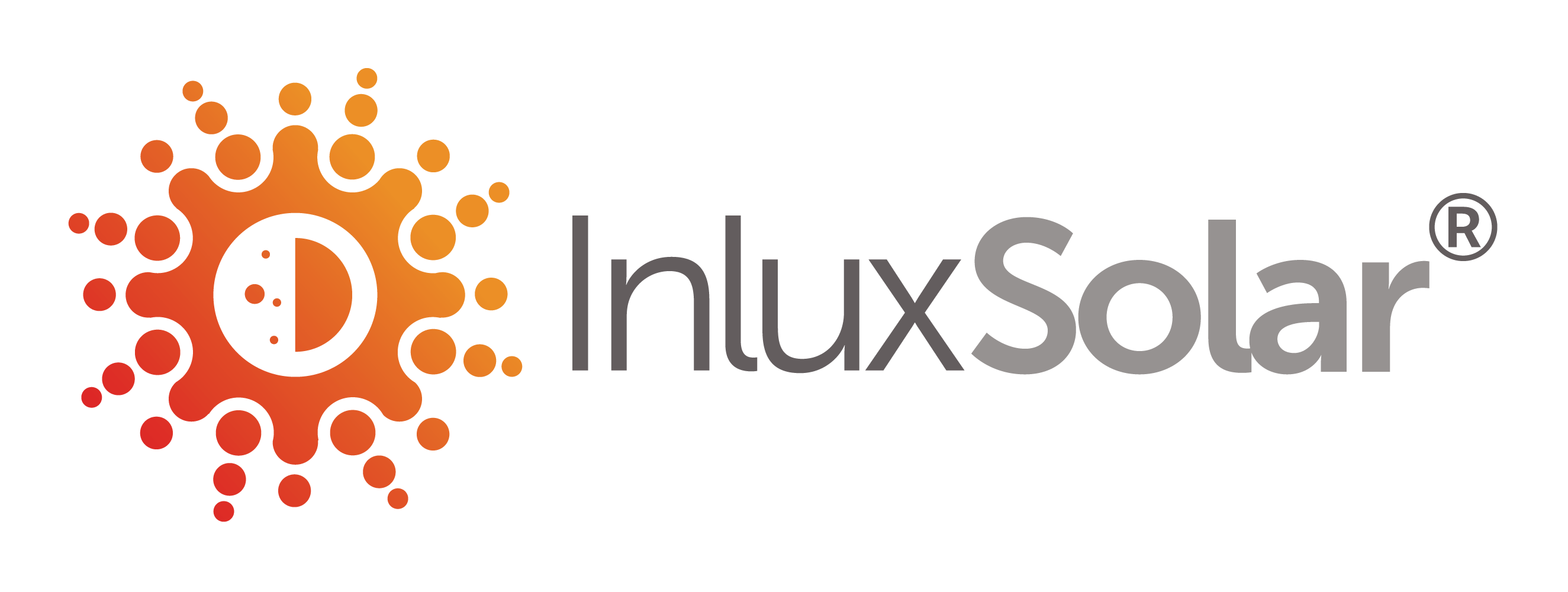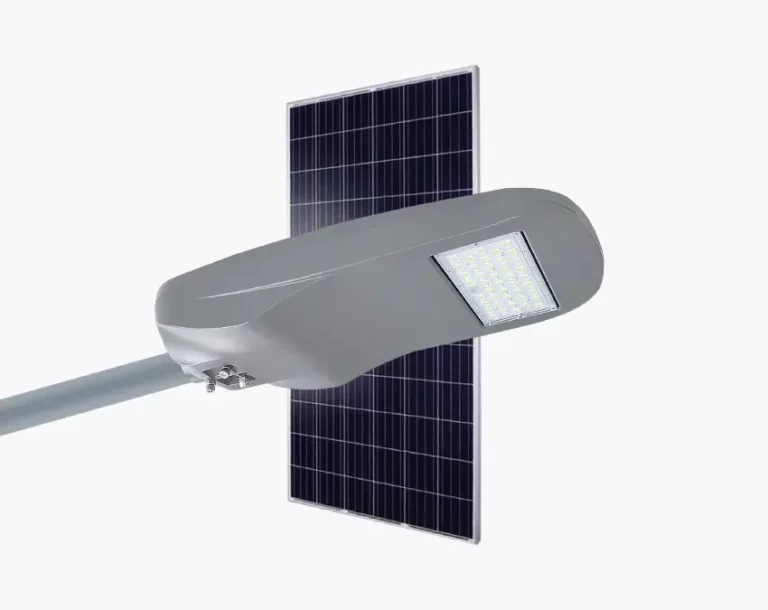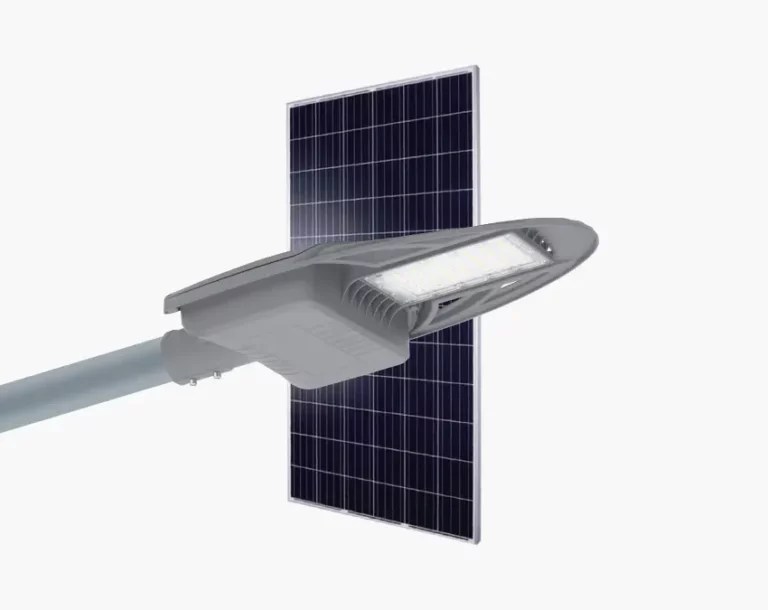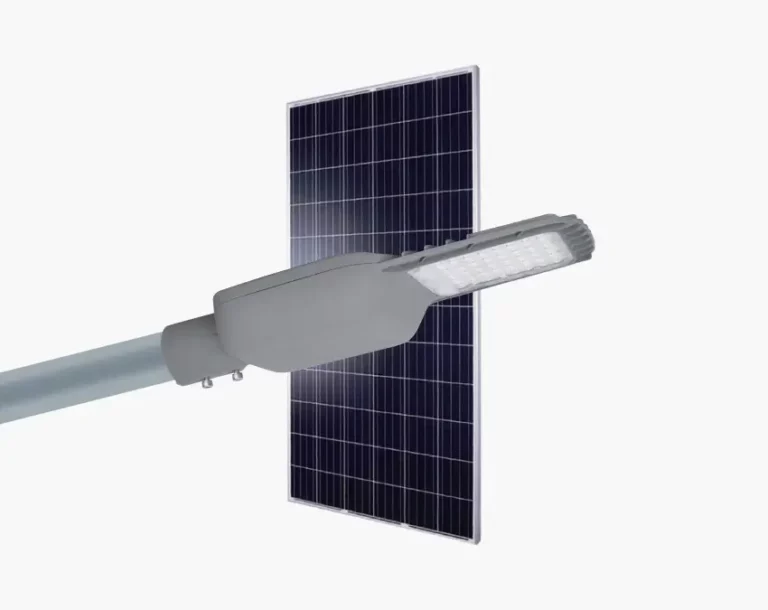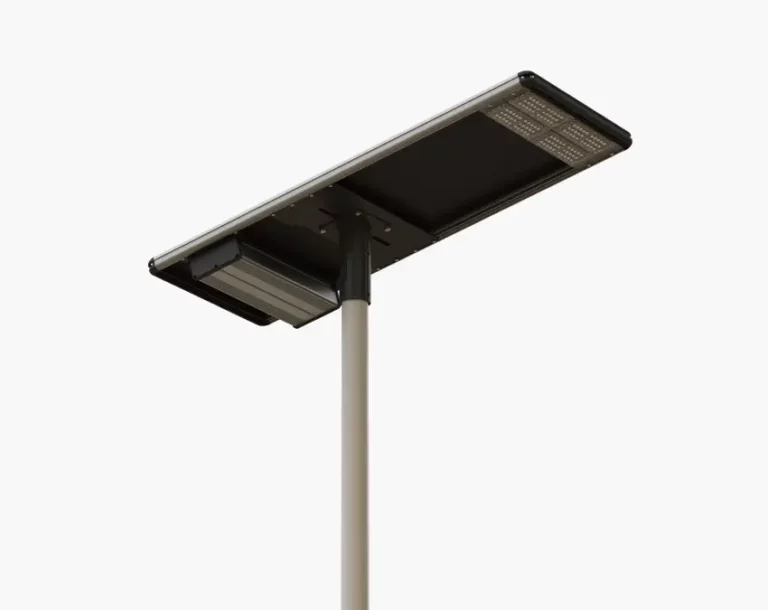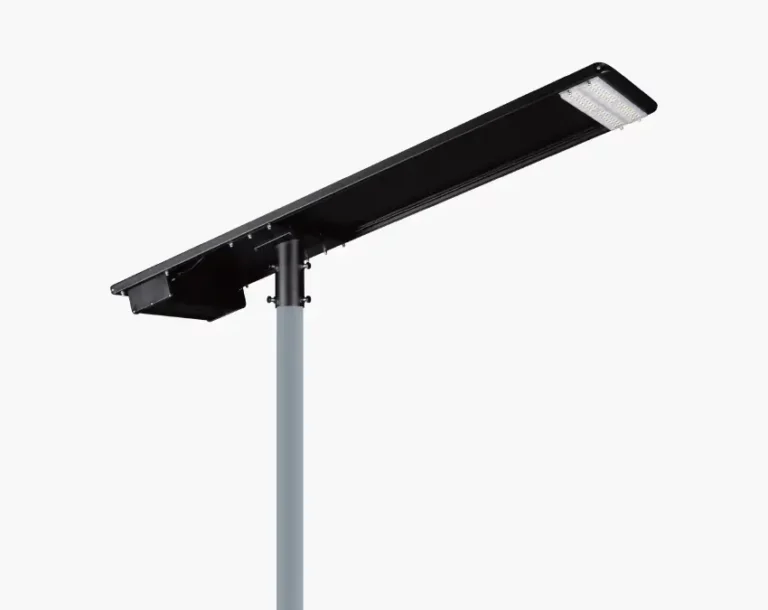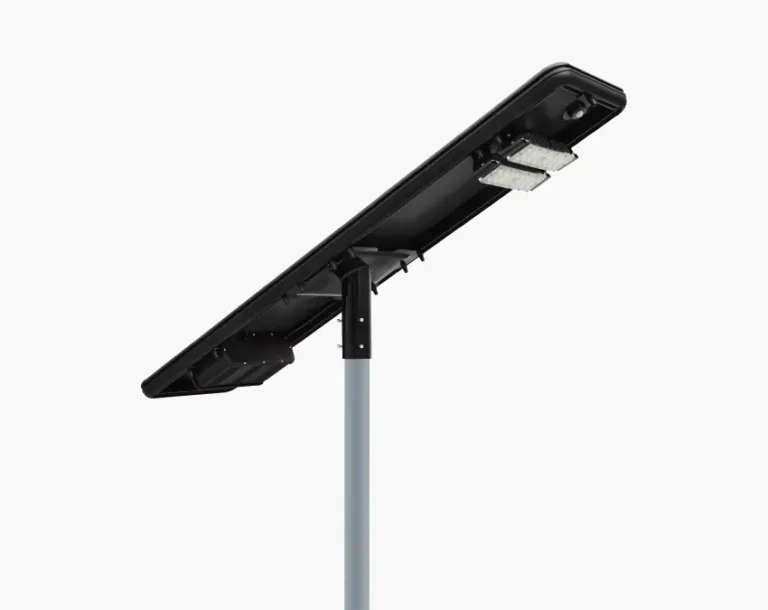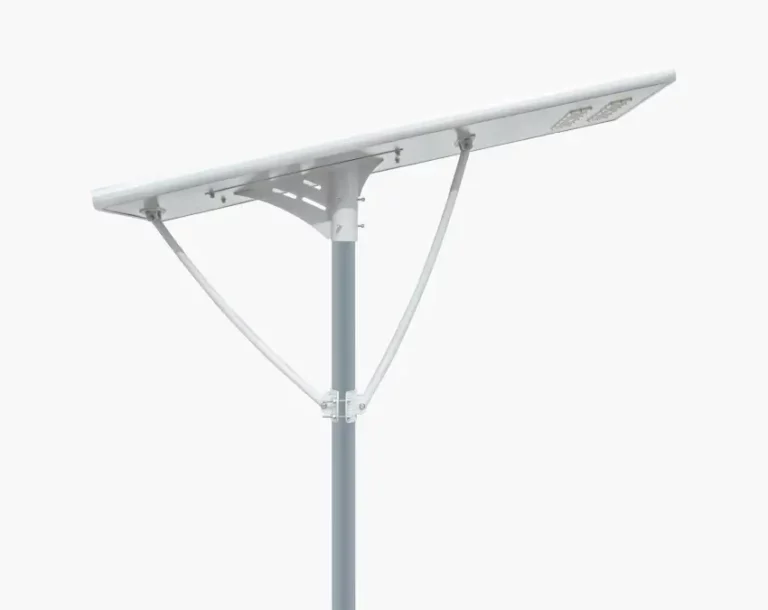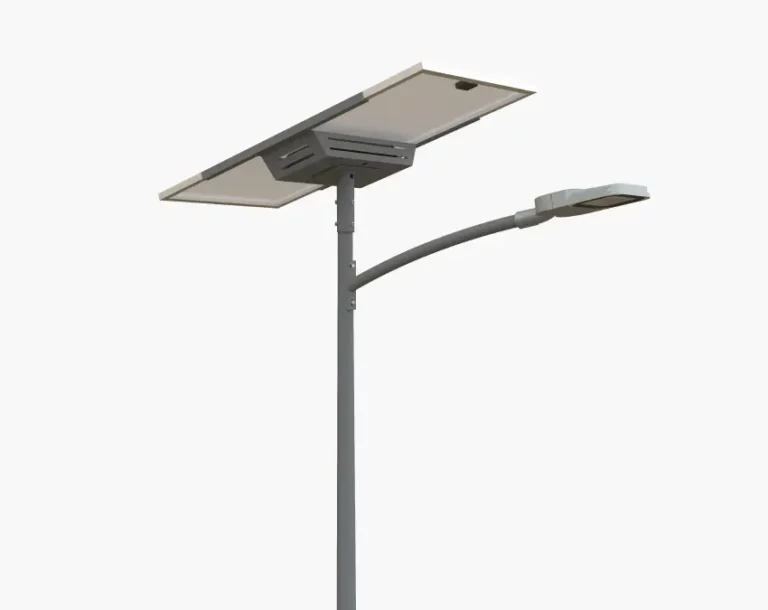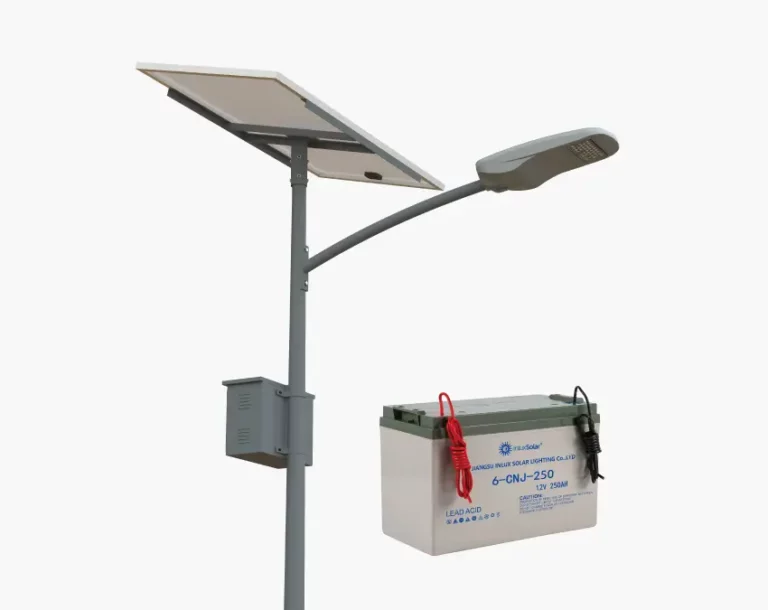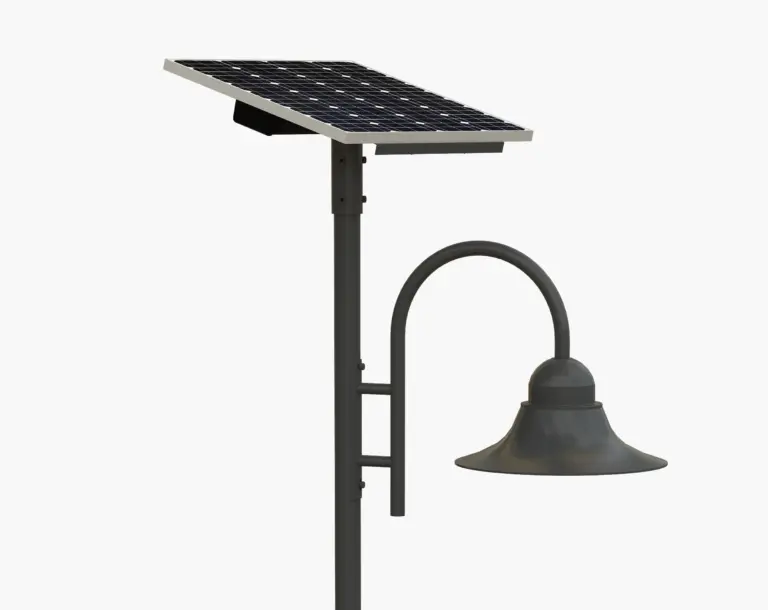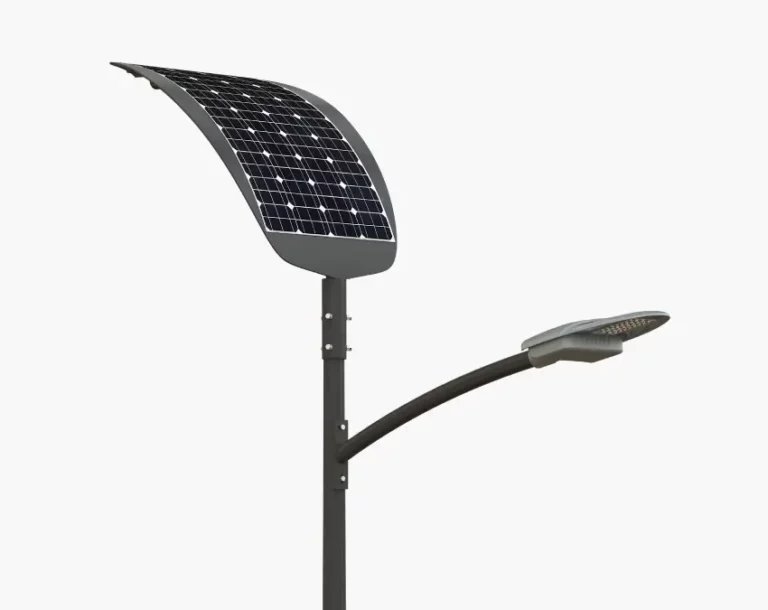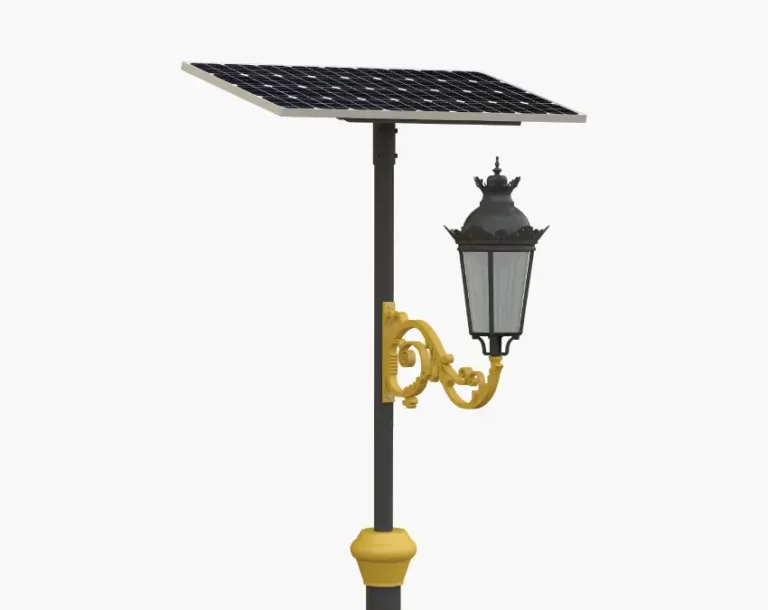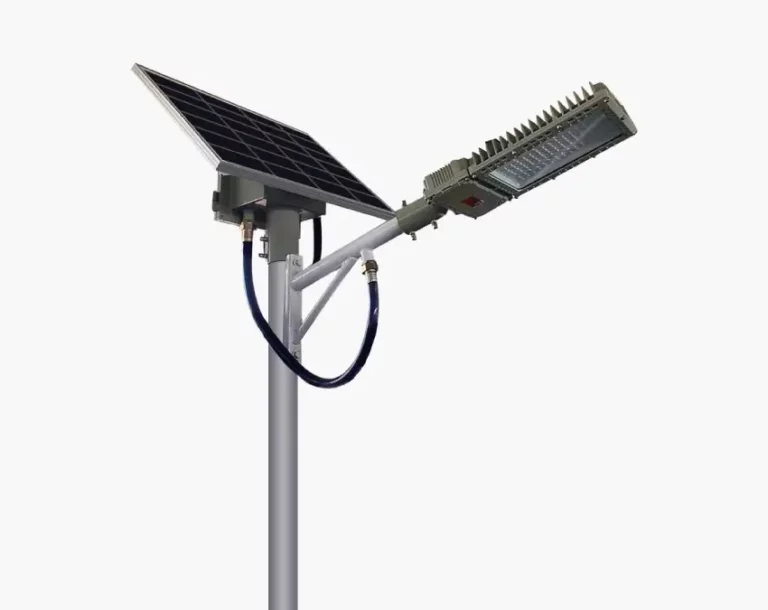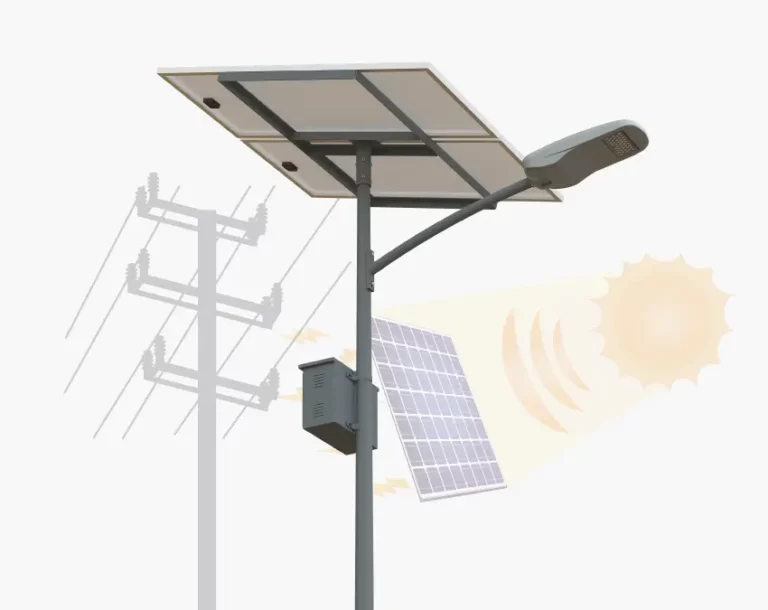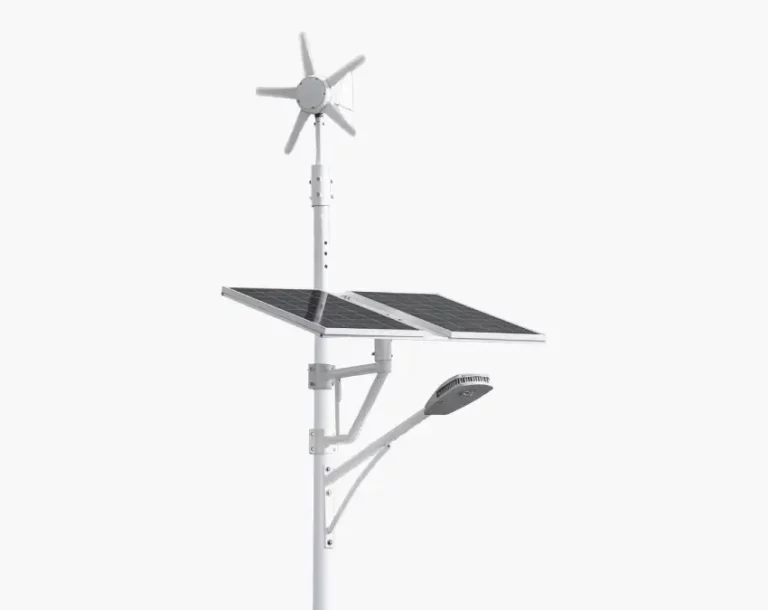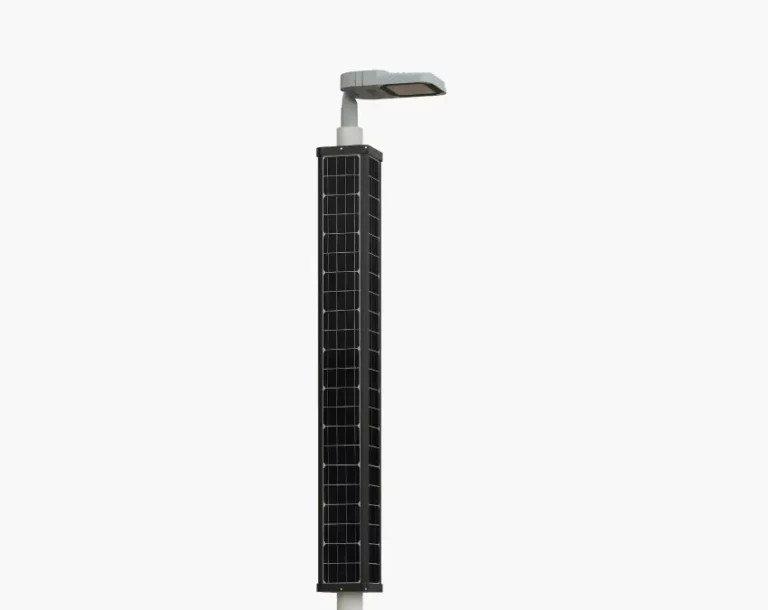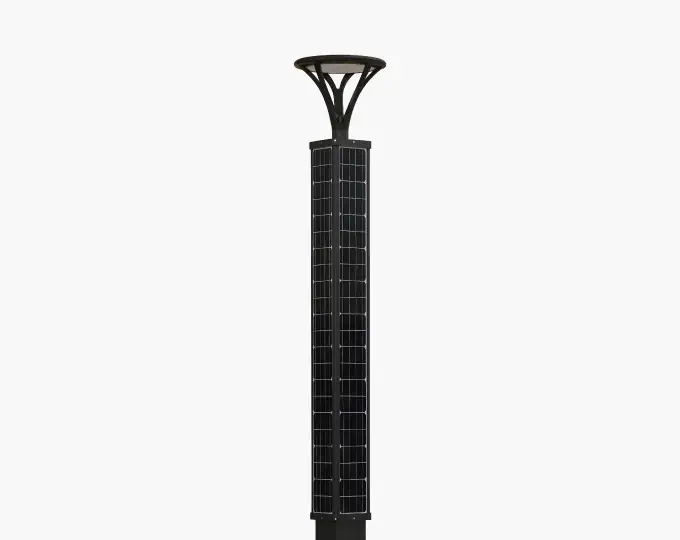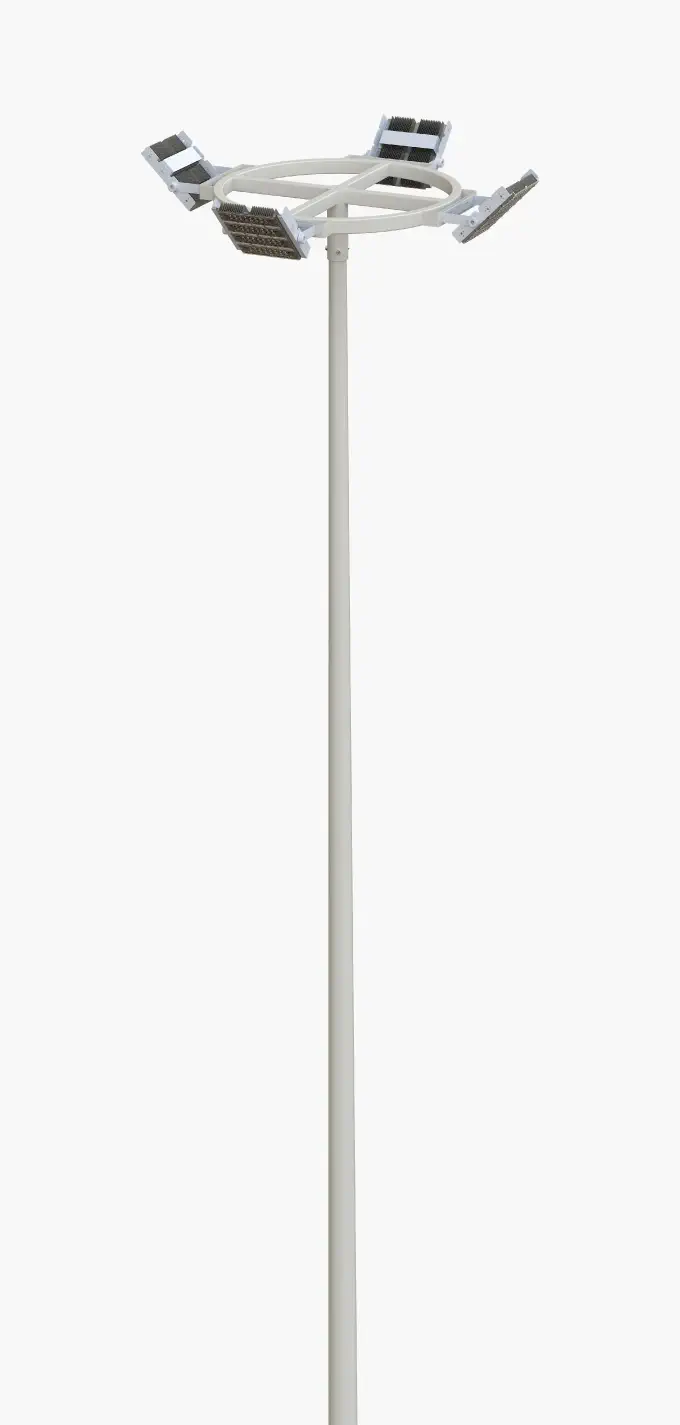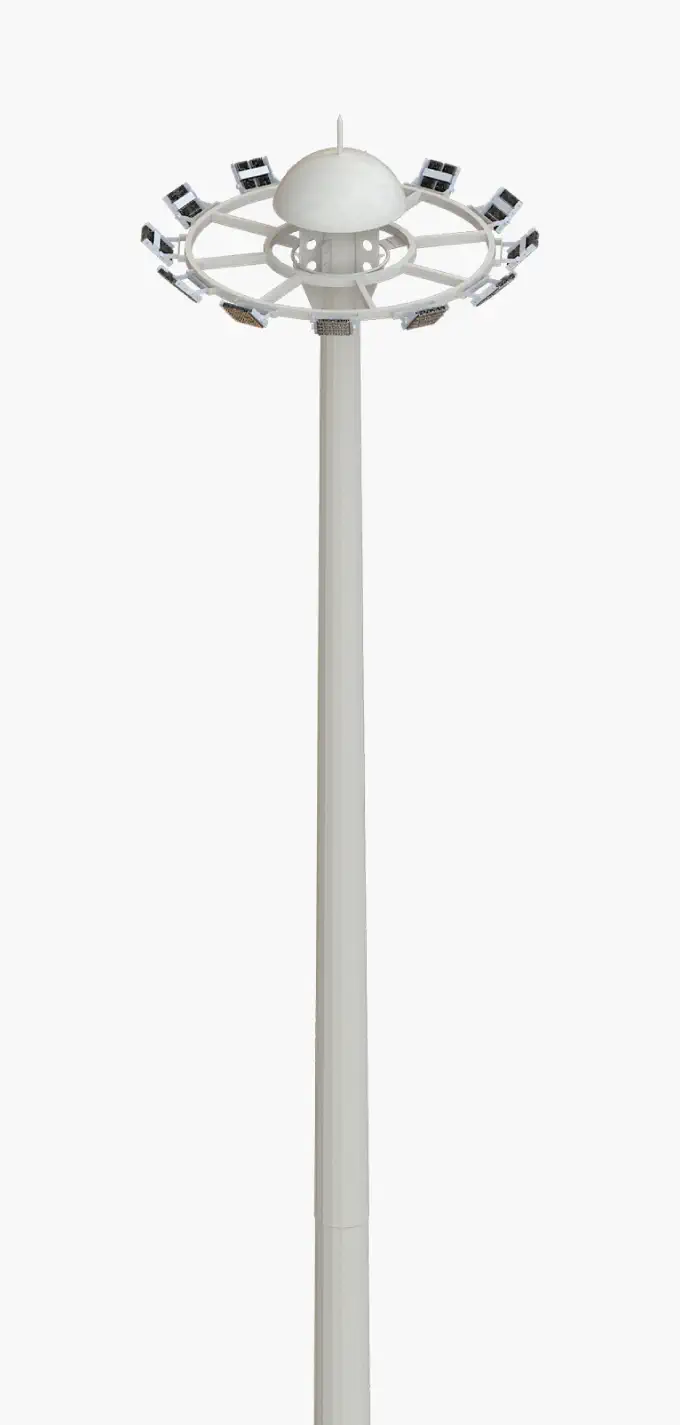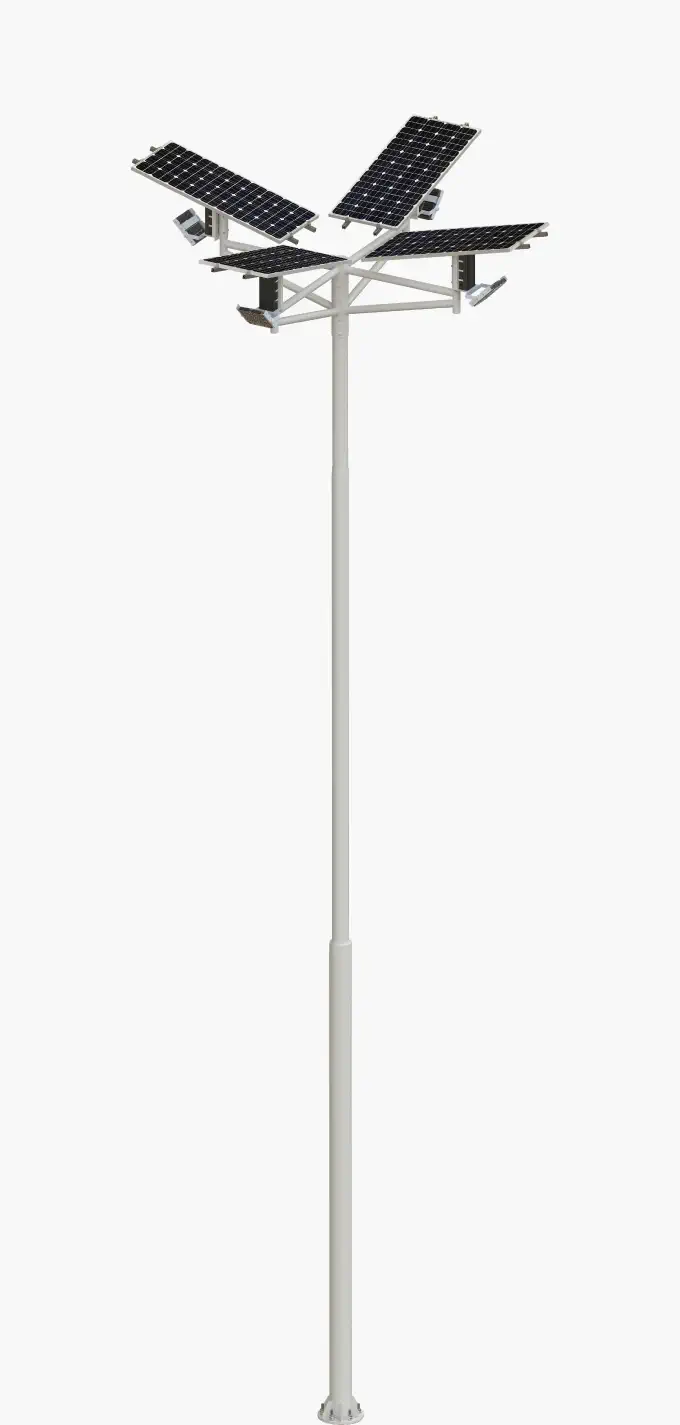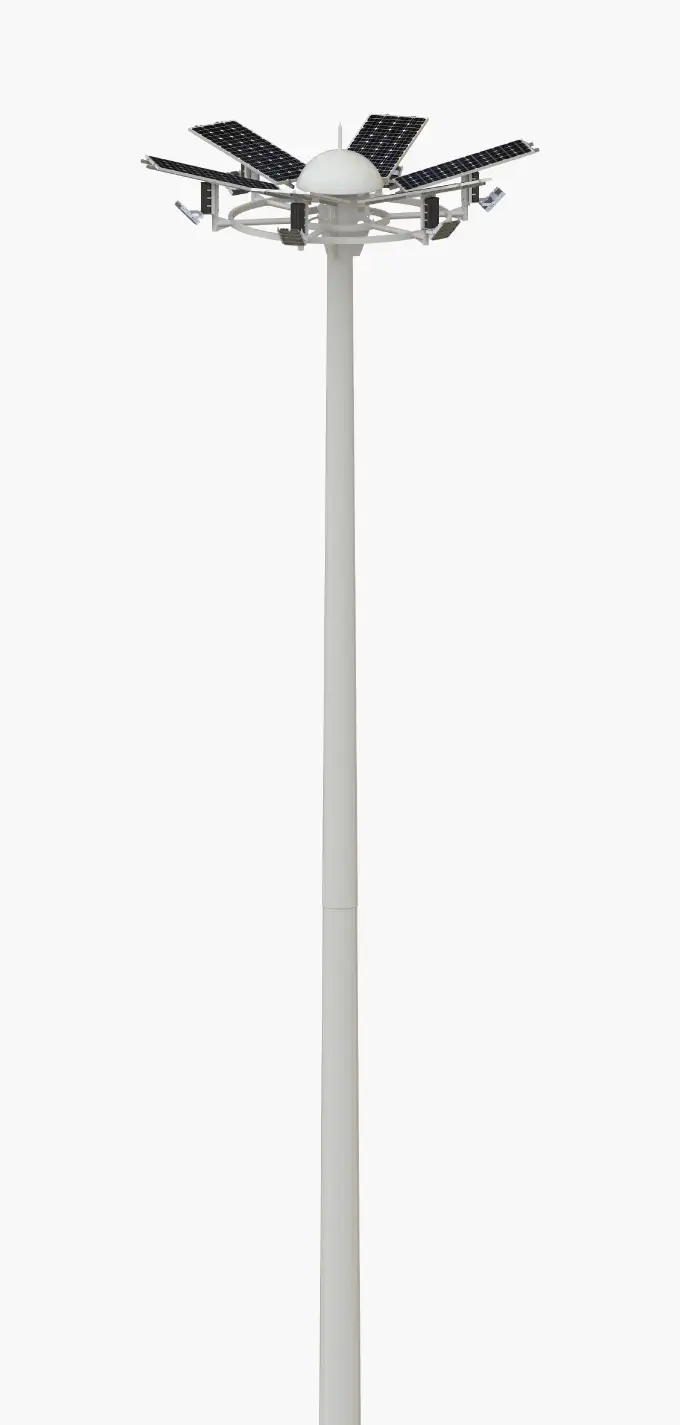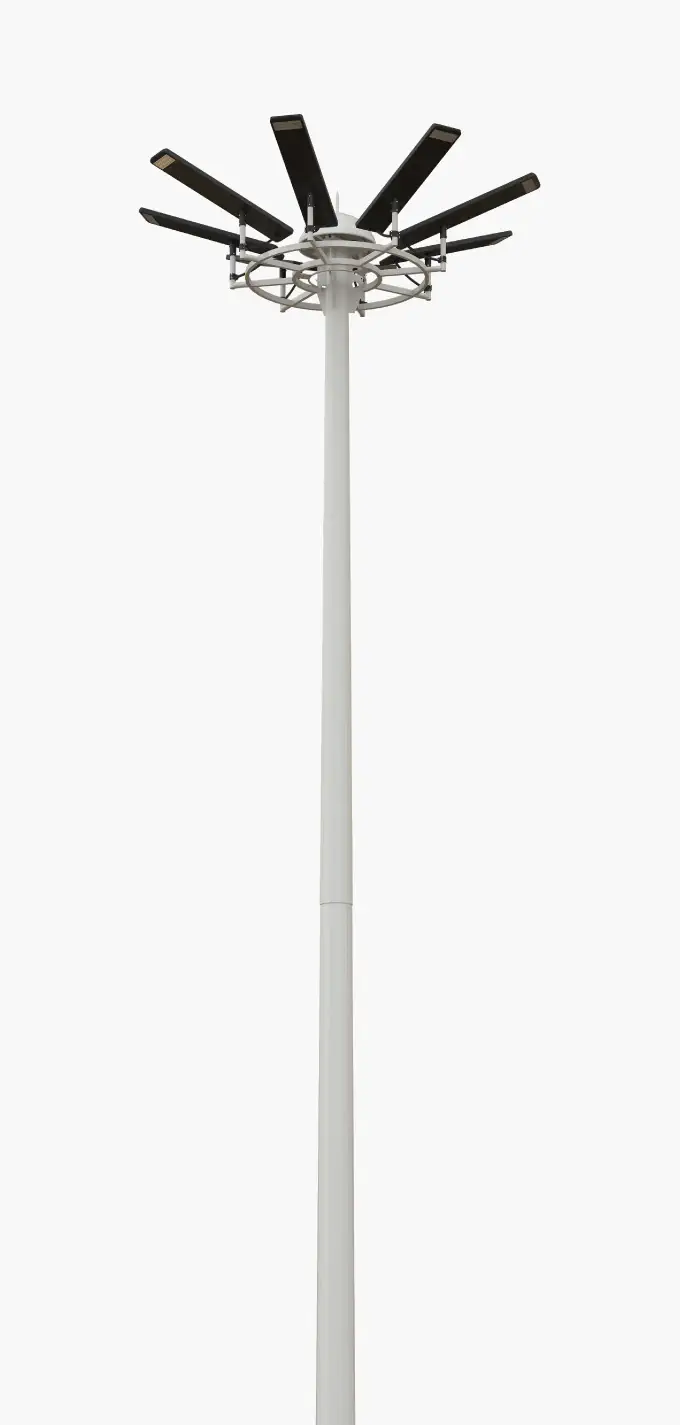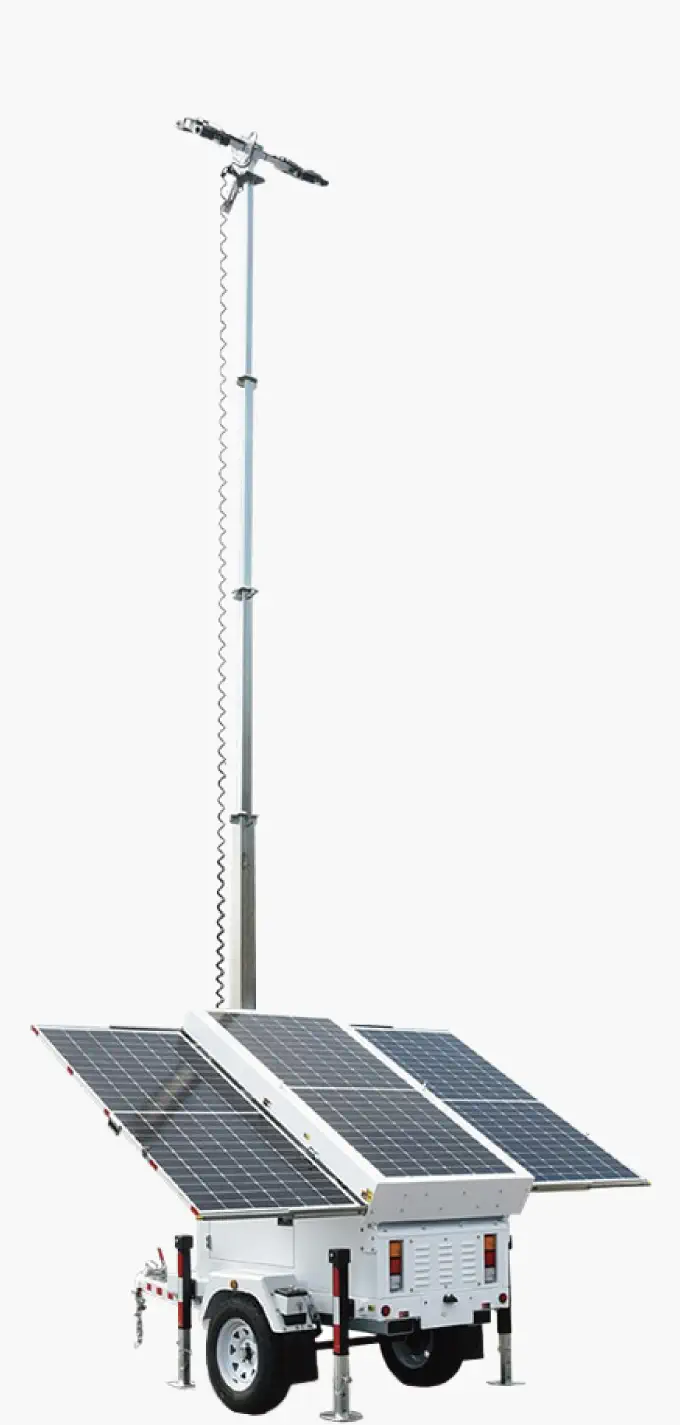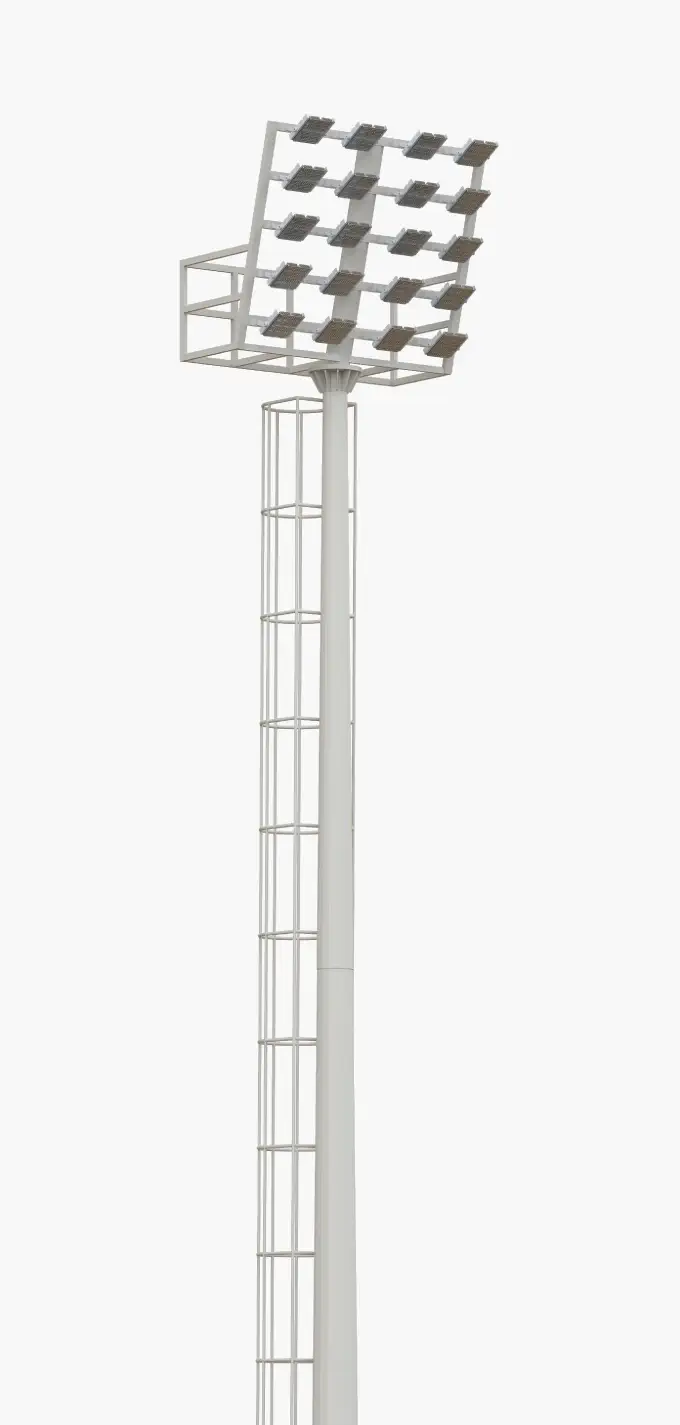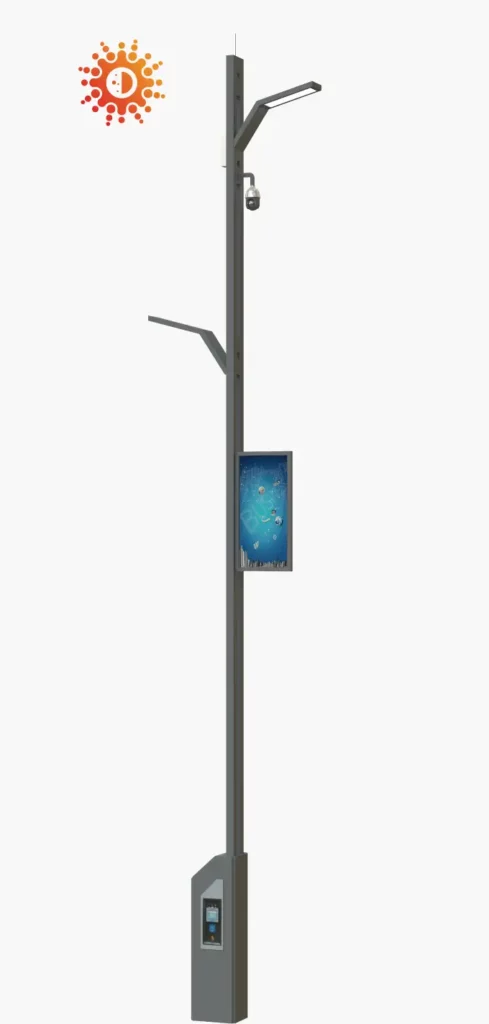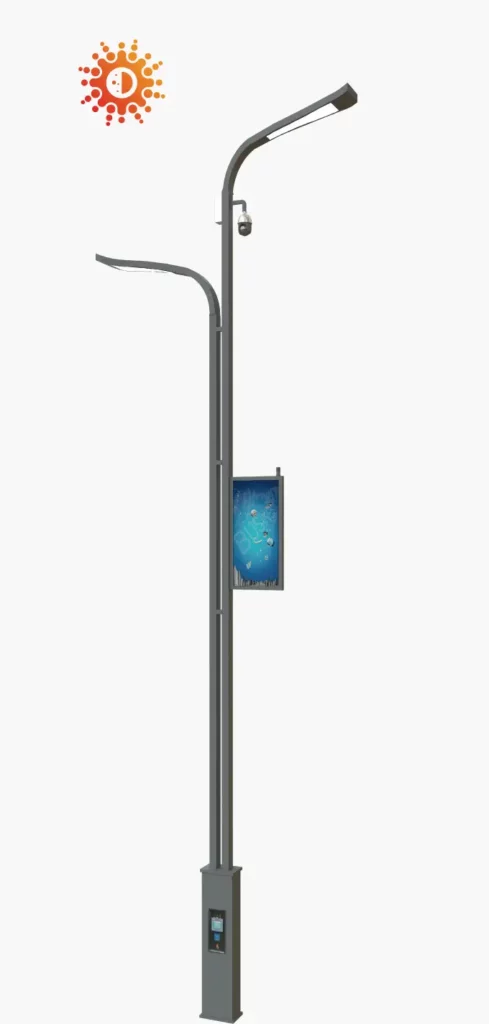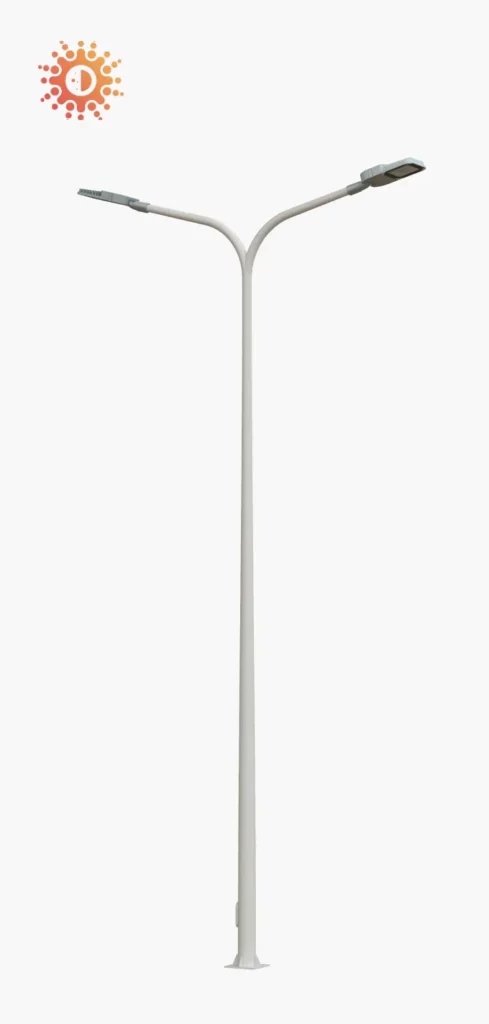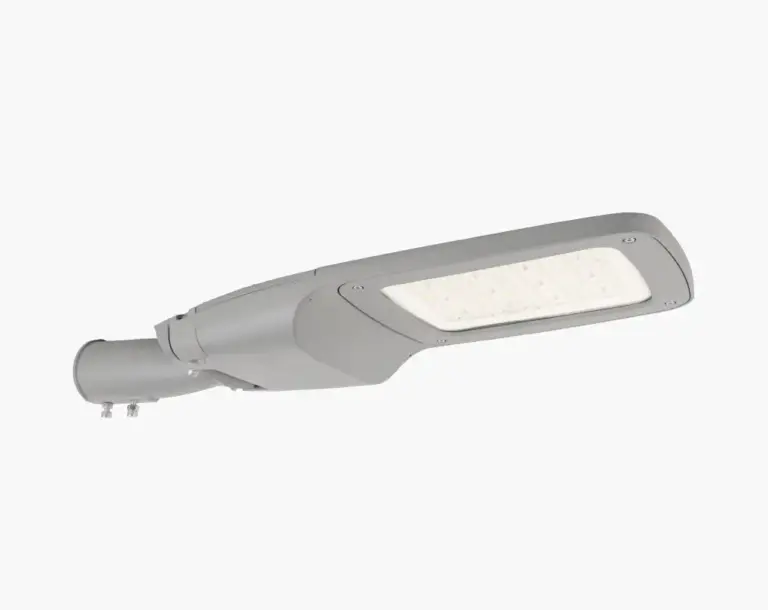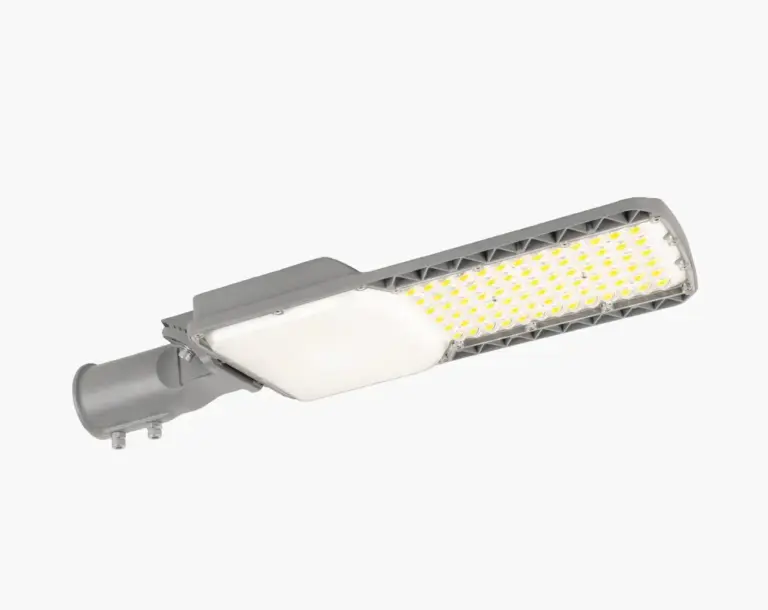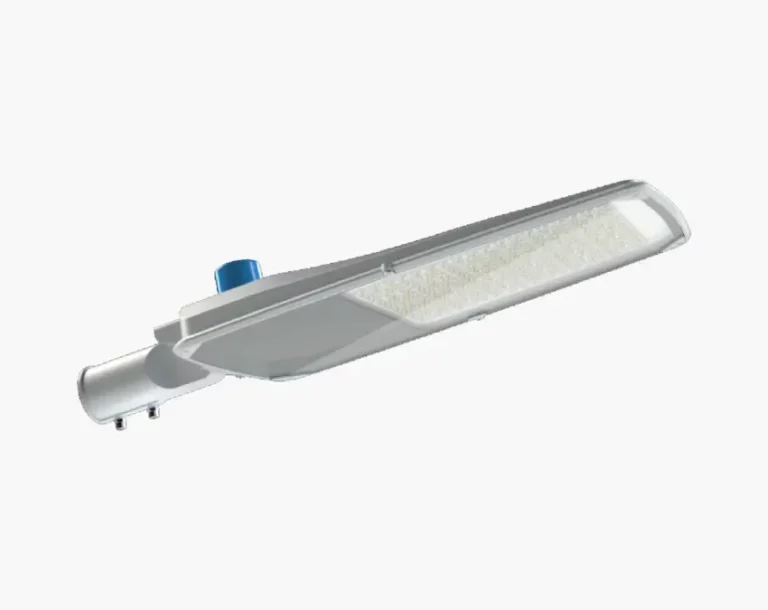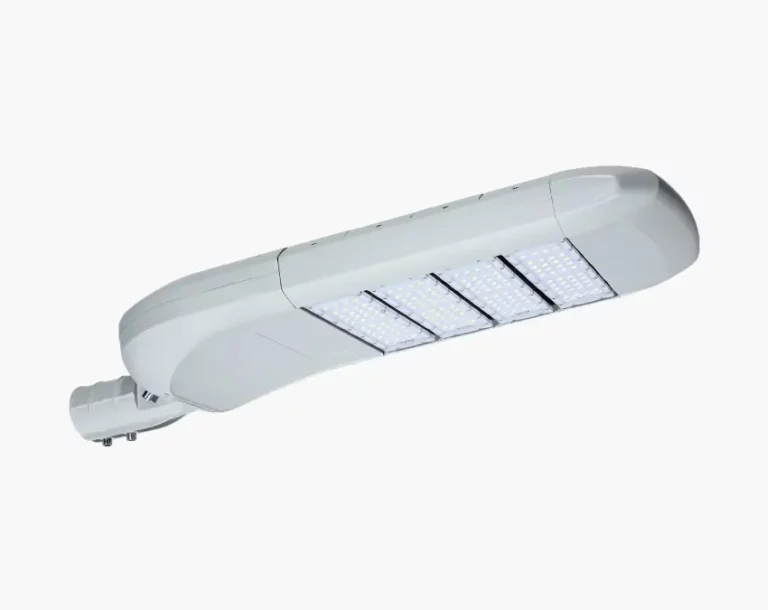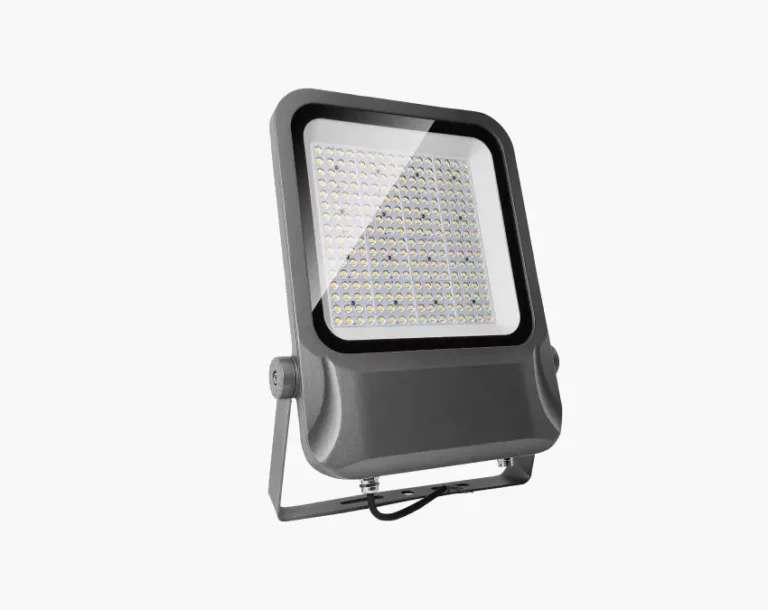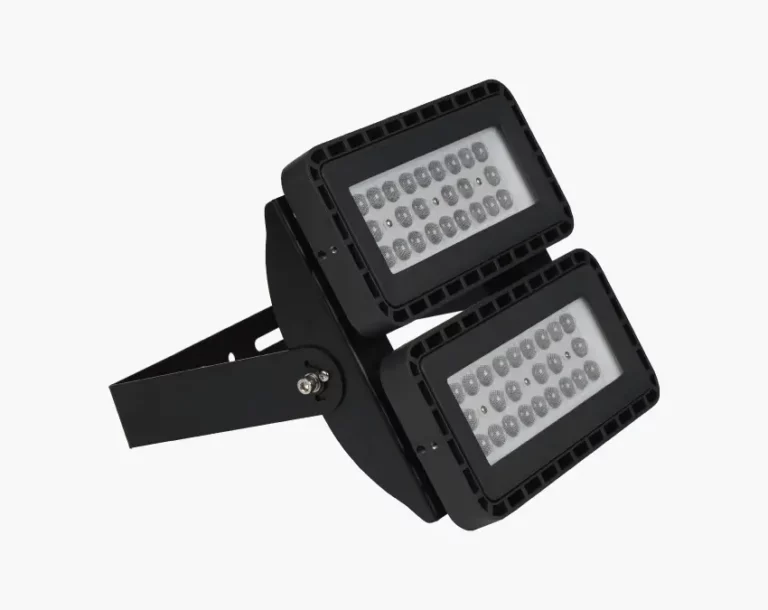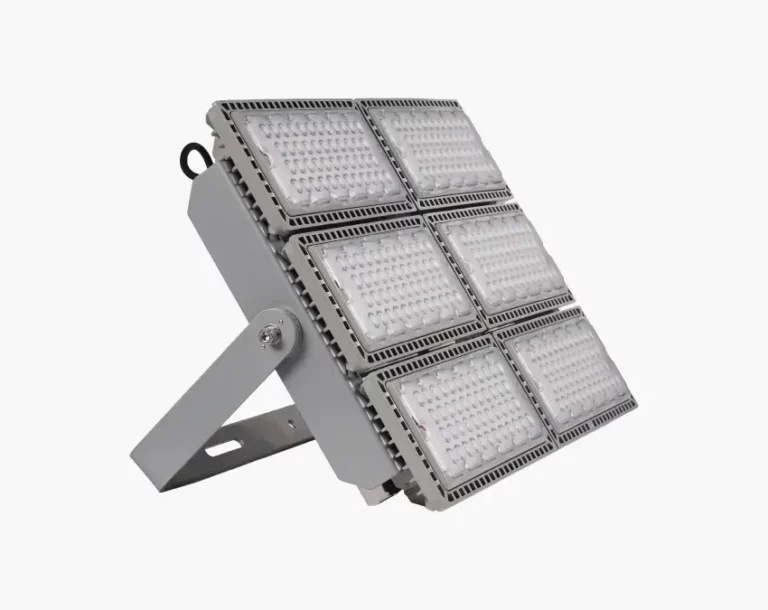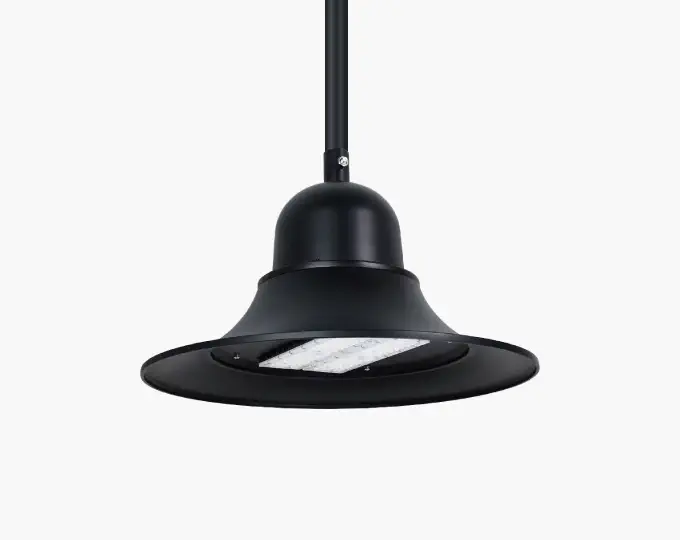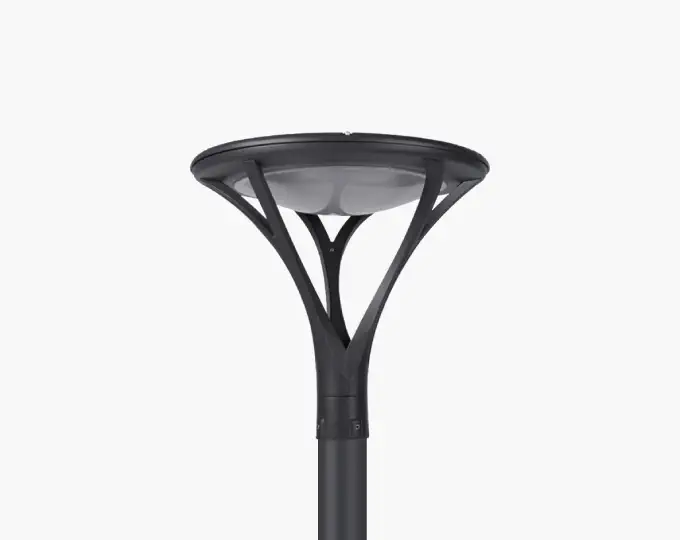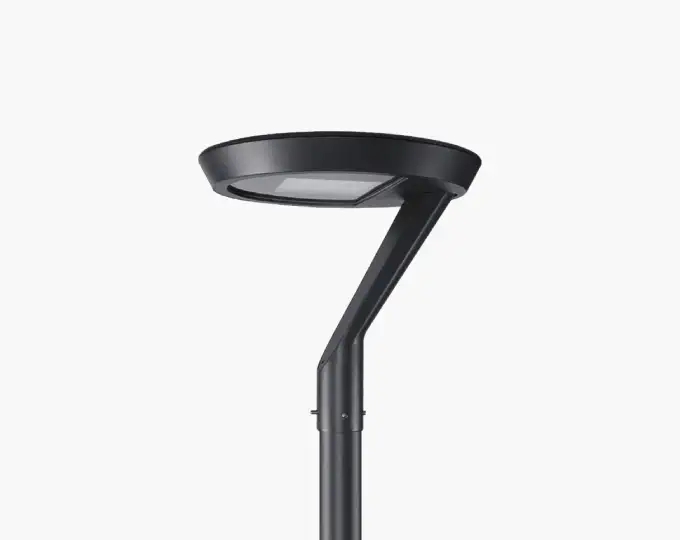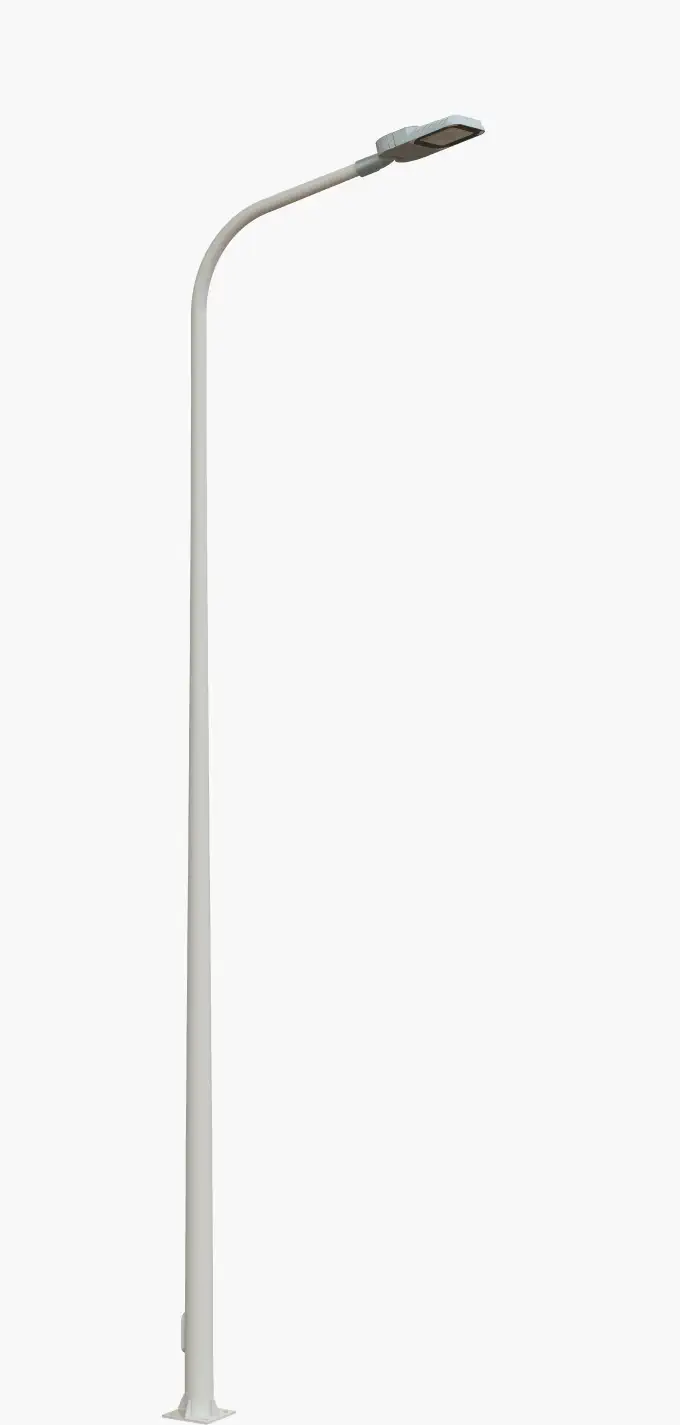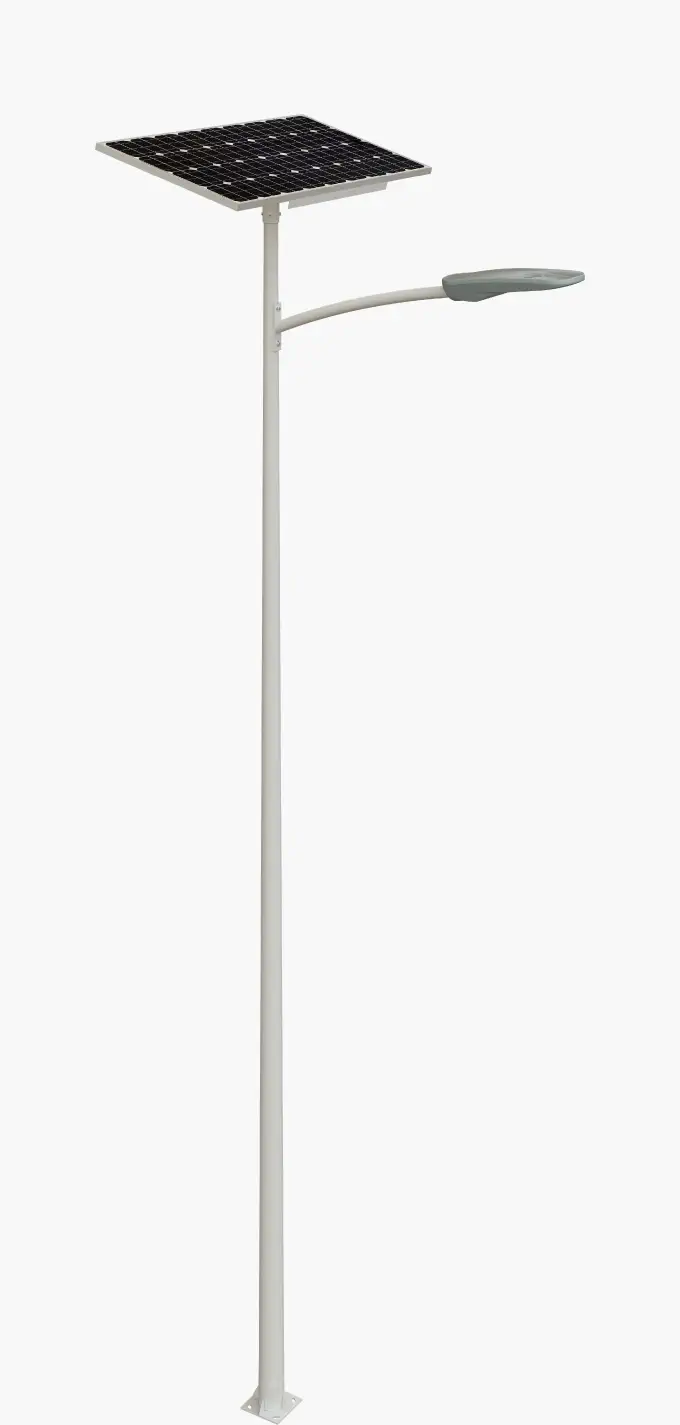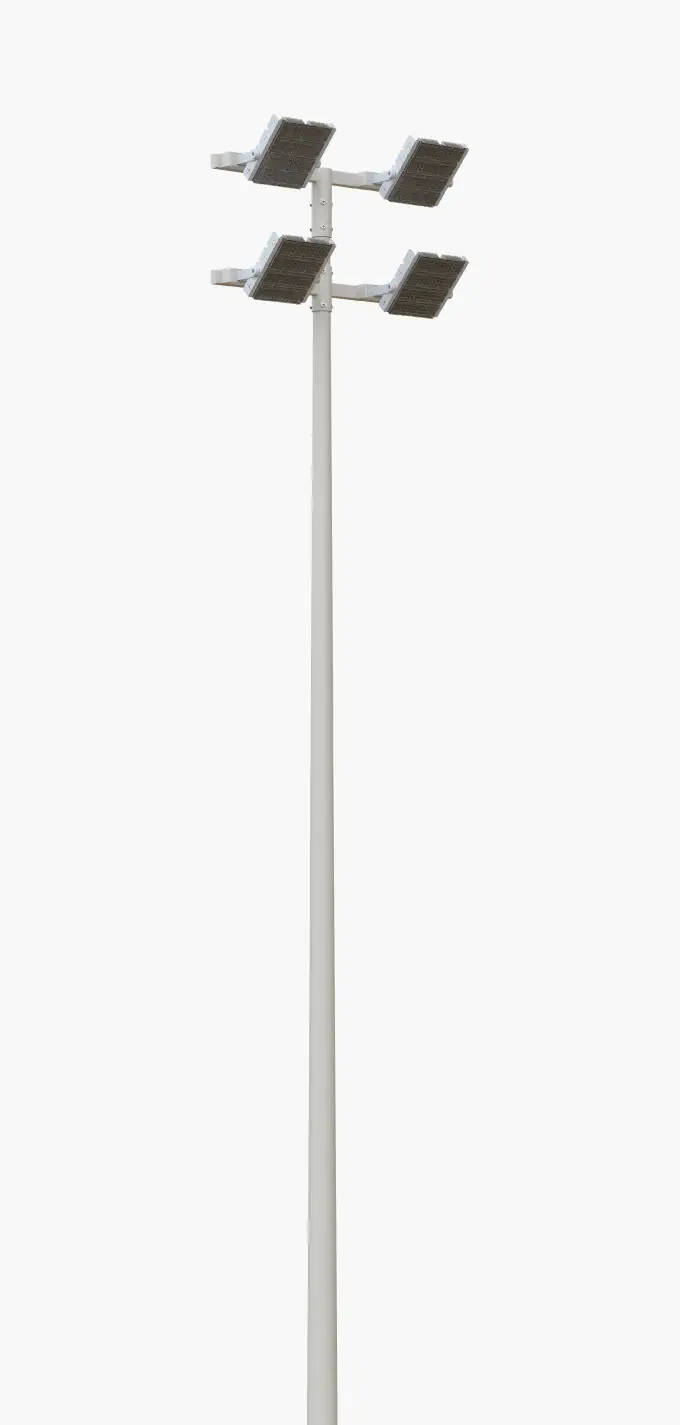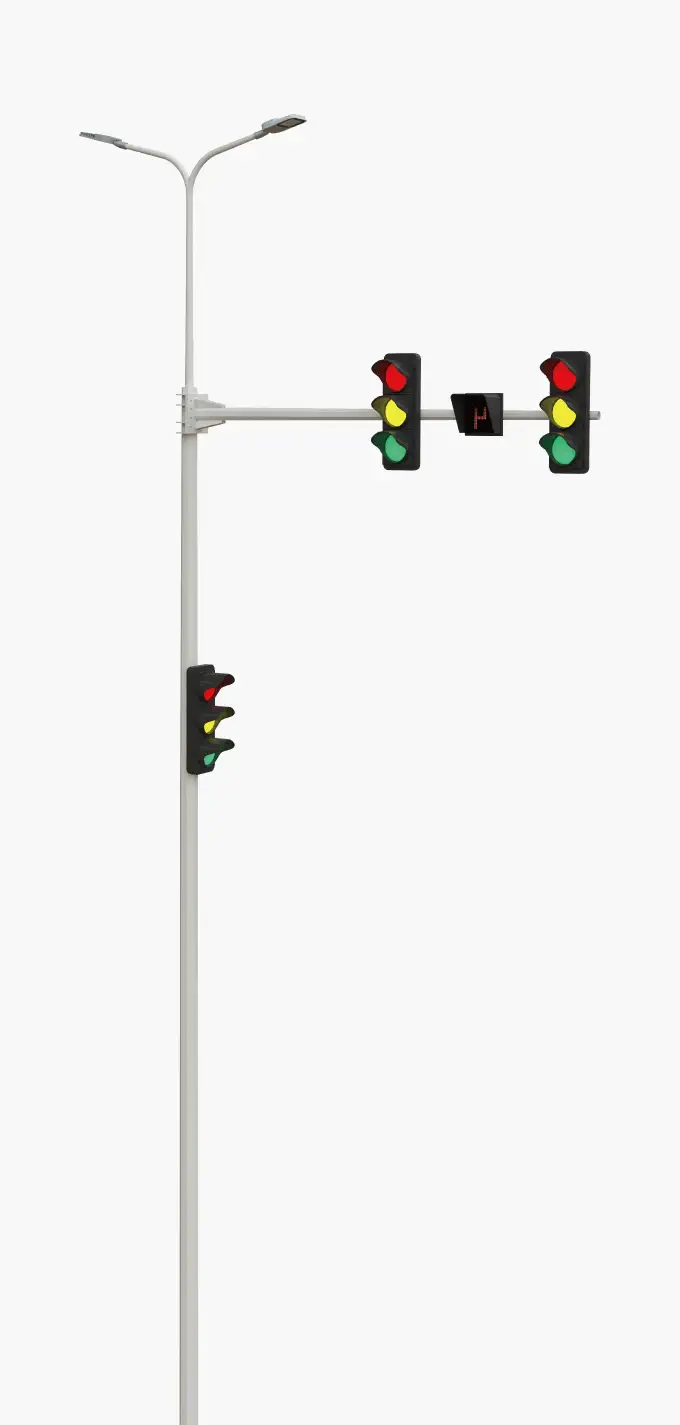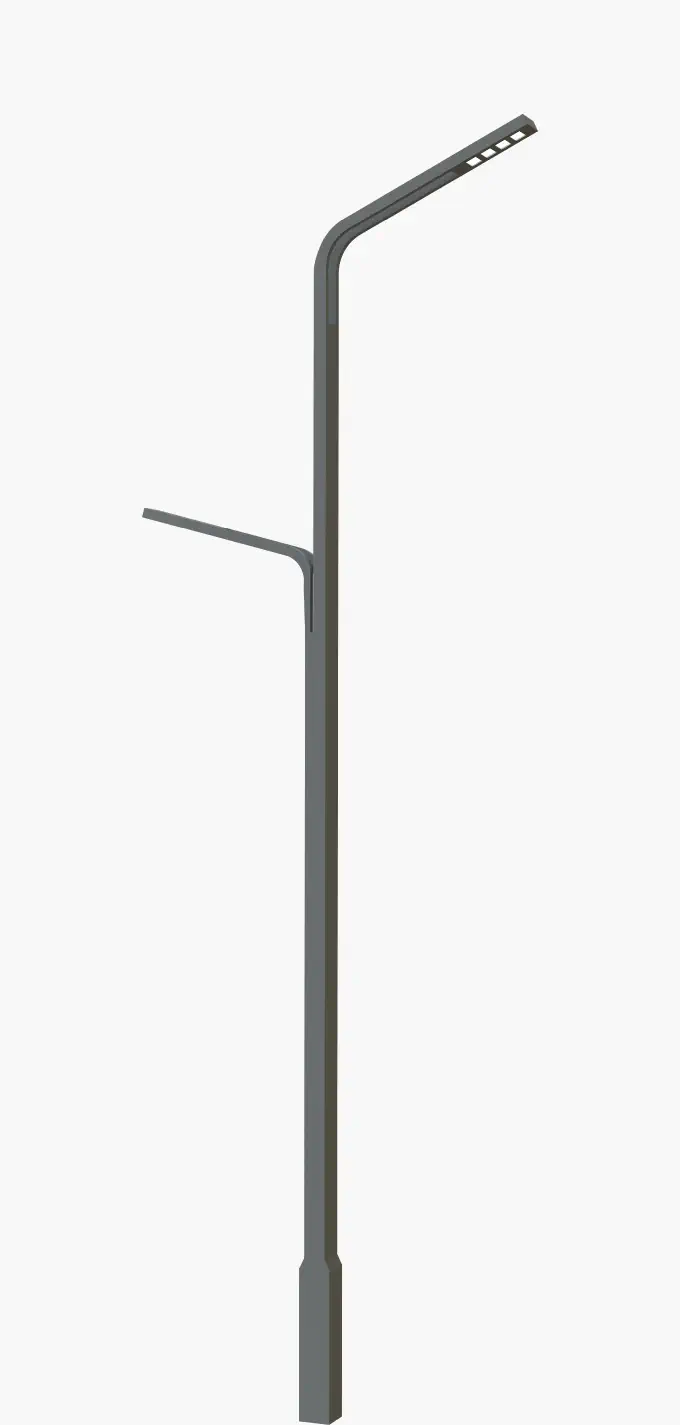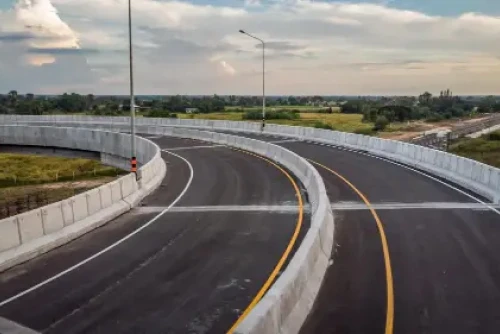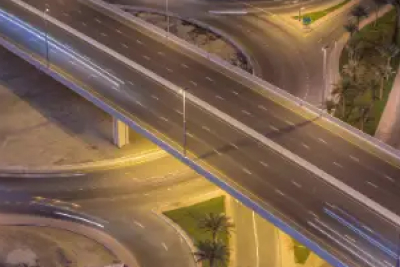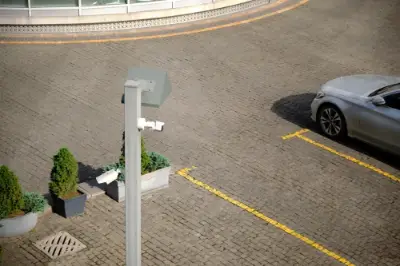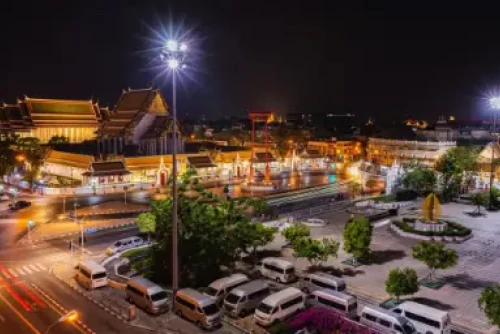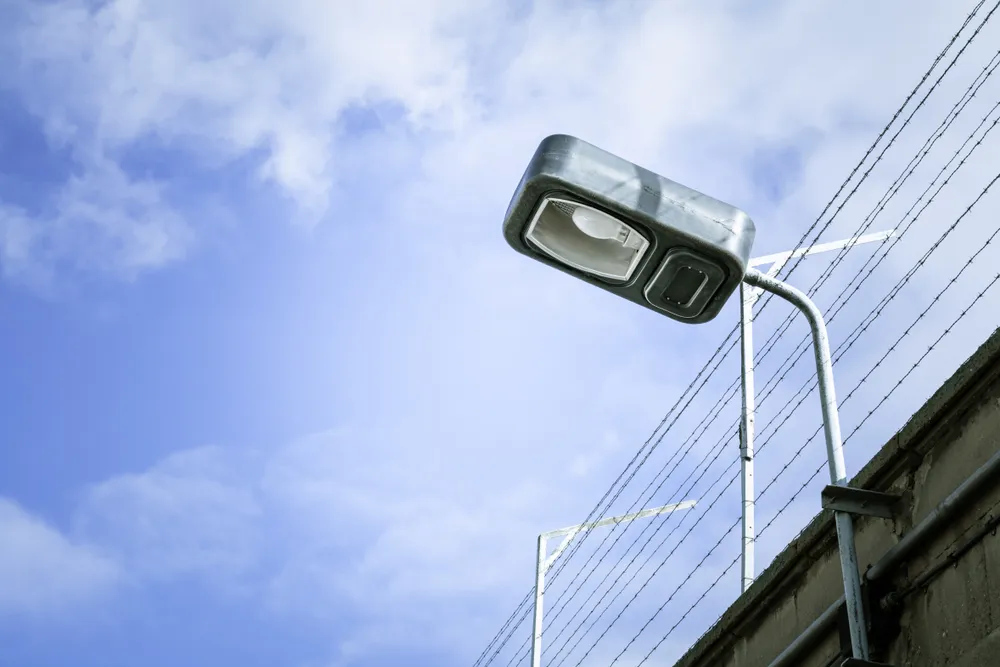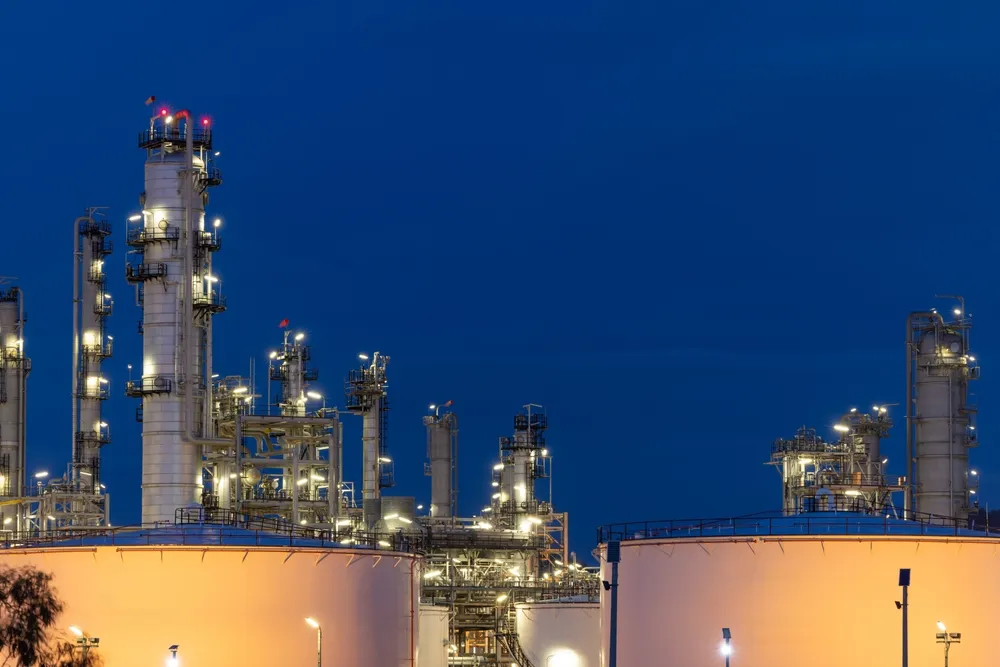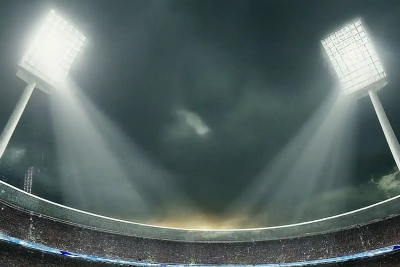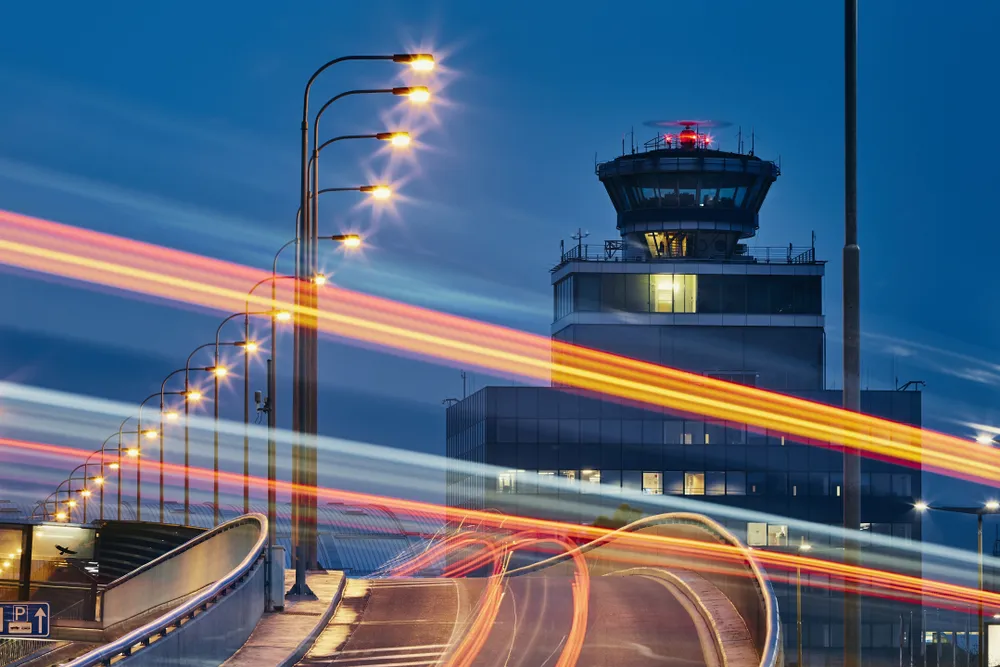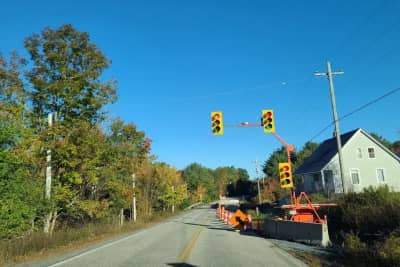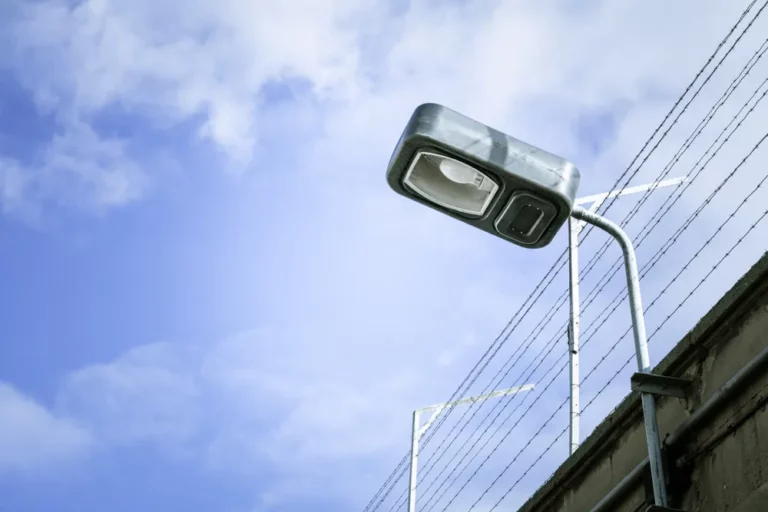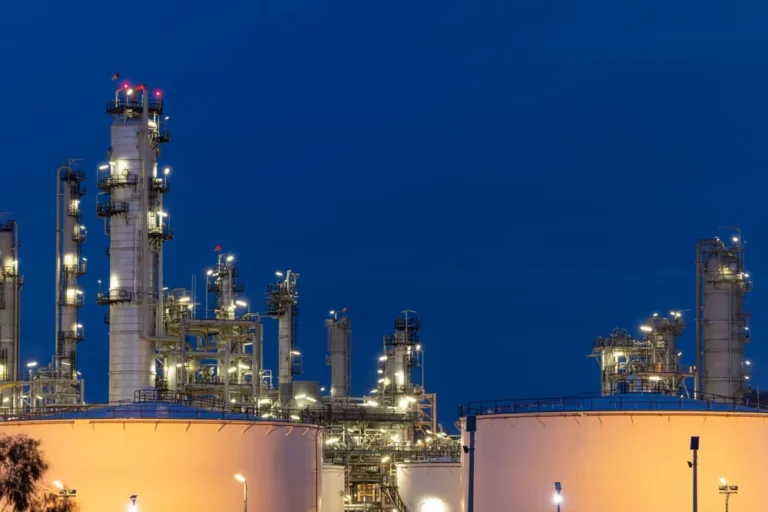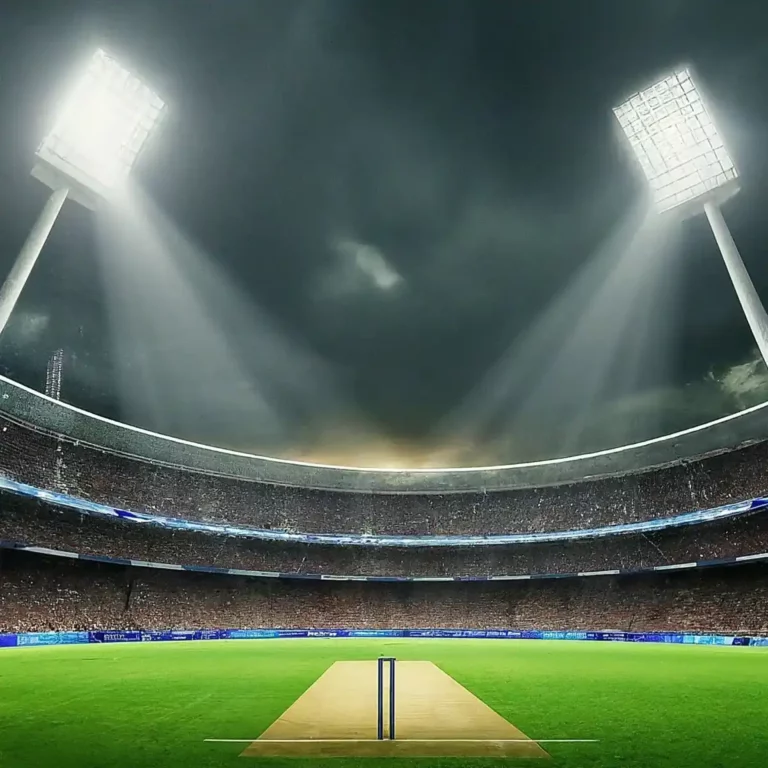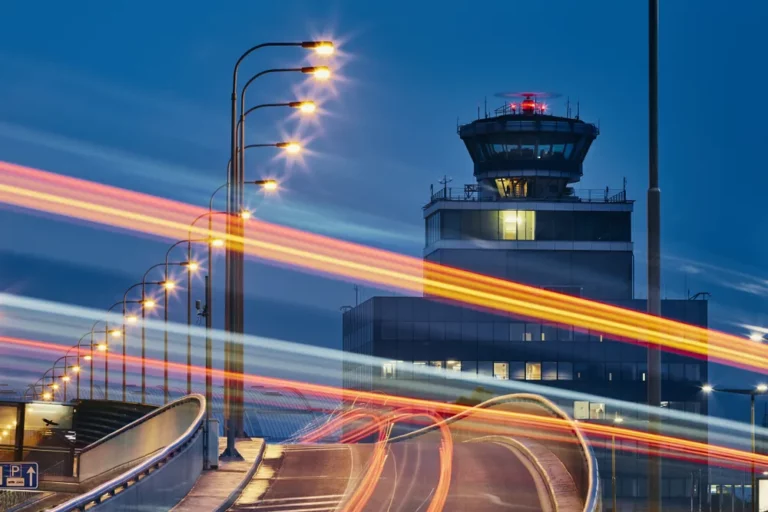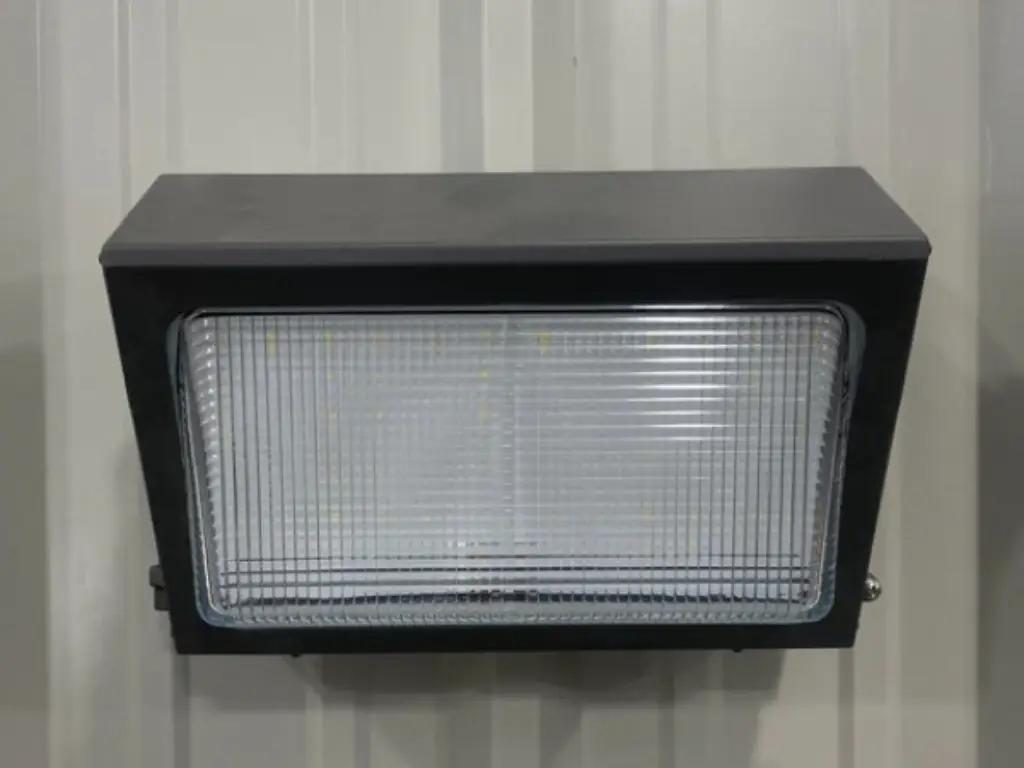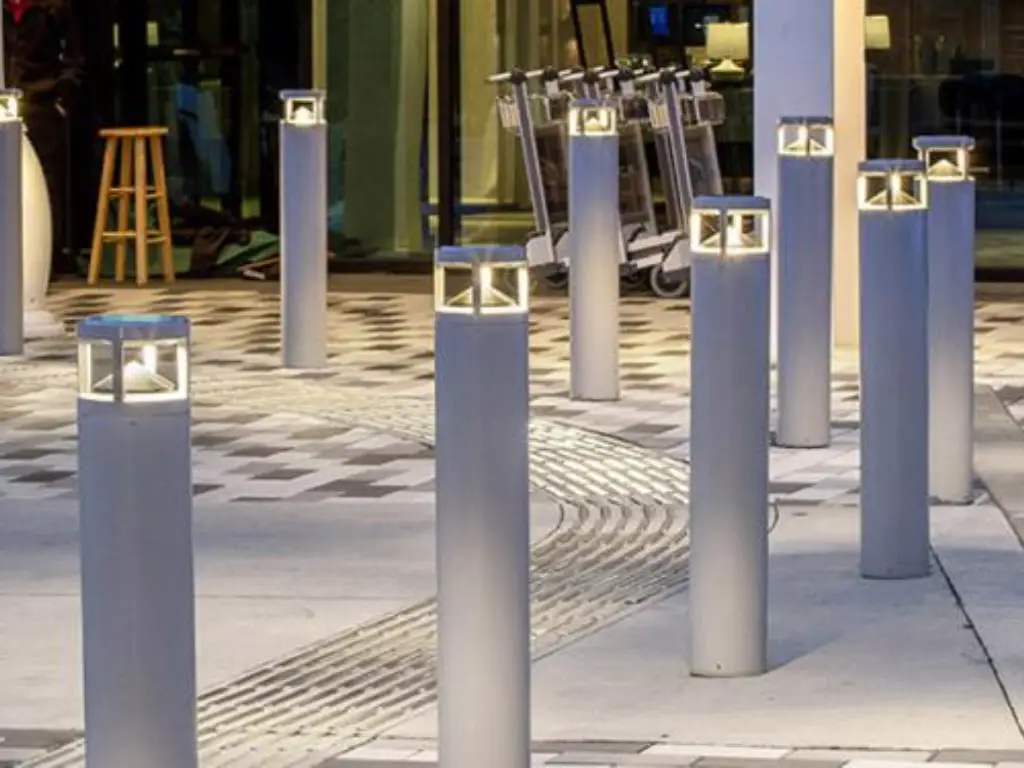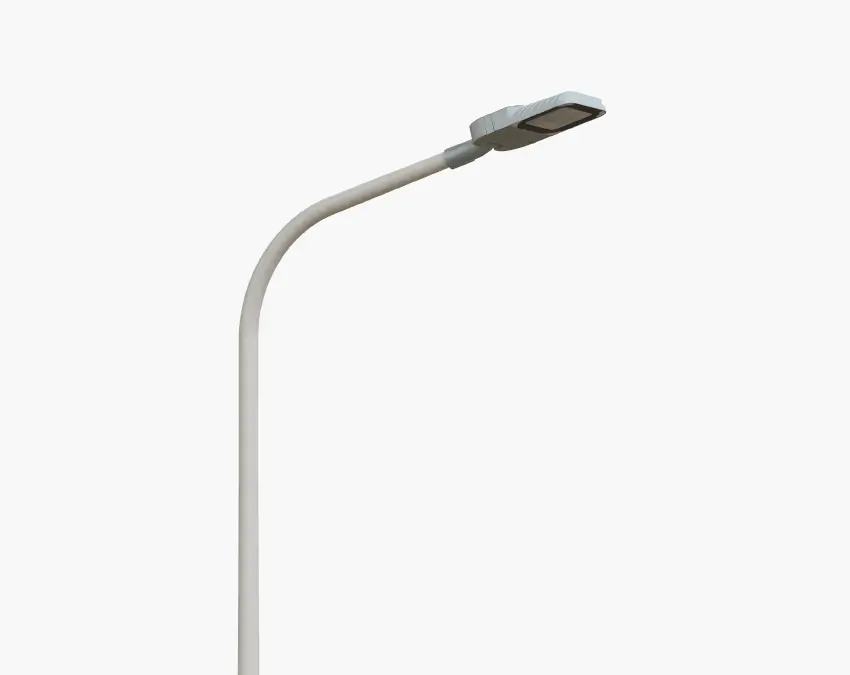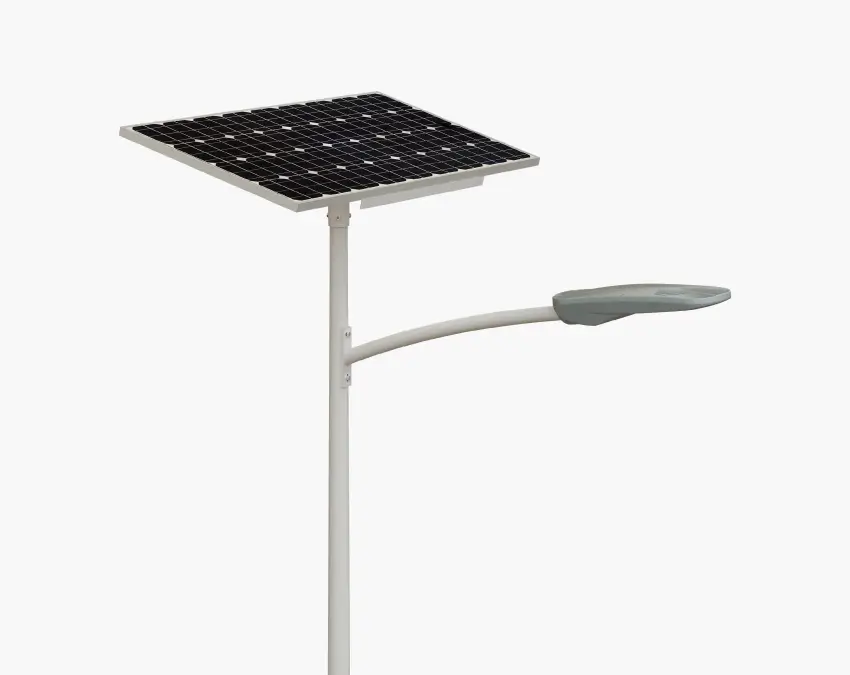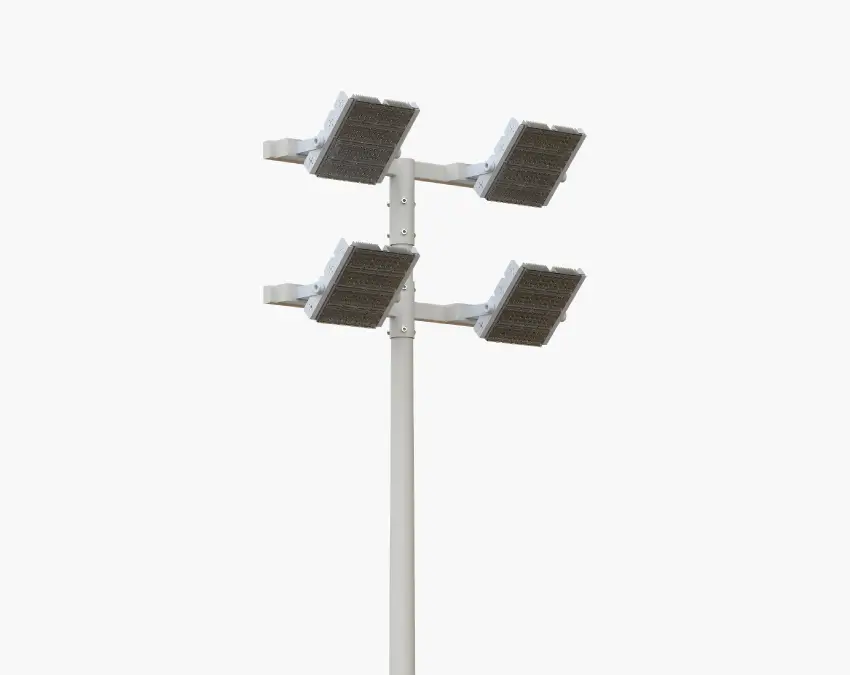Often, parking areas are the first and last areas seen on a property. There is more to parking areas than just vehicle storage as they also contain vital areas for safety, security, and wayfinding. All these functions revolve around having proper illumination. Additionally, effective parking area lighting enhances property safety and increases its attractiveness. This document will cover the strategies and the considerations required for efficiently illuminating parking lots while ensuring ample safety.
Why Parking Lot Lighting Matters
Aside from helping people see in the dark, robust parking lot lights serve as an crucial peephole to effective property management and suburban planning. Good lighting fosters personal security by permitting visibility to both pedestrians and motorists. This lighting is also a crime deterrent as well; there is greater protection against criminal violence in illuminated places than in dimly lit areas where such activities can easily go unnoticed. For companies and organizations, this results to lowered risk concerning security and an improvement of business atmosphere.
The illumination of an entity lets the latter to make the areas surrounding the building attractive. Lighting attracts customers as it gives them an impression of order, good service and care for everything that resides within. Assuredly, the purchasing of lamps and lighting should not just be seen as an expense; it is a means of assuring safety and security, improvement of the firm’s good name, and moreover, supporting the business’ assets. Parking garages lighting, therefore, indicates boundaries and at the same time provides safety to those who move in the area during night timea.
Understanding Light Levels & Uniformity
Effective design of parking lot lighting relies on two key metrics: illuminance which is often measured in footcandles in the US or lux internationally, and uniformity. The amount of light falling on a surface is referred to illuminance. While light is necessary, too much can cause glare and be wasteful. The way light is spread across the area is known as Uniformity. A high uniformity ratio means that there are no significant dark areas as well as overly bright patches.
The IES, Illuminating Engineering Society, published their Recommended Practice RP-8 which sets industry boundaries for uniformity ratio and light levels, setting areas specific standards within a parking lot. General entrance and exits require greater leveling of illumination due to serving as vital transition zones with expected conflict. As already established, general parking areas require lower average illuminance whereas, primary drive lanes or pedestrian walkways require higher average.
Trusting the standards set is essential. Insufficient illuminance compromises visibility and safety. Poorly defined uniform light distribution can create pools of light severed by shadows which greatly restrict movement within the area. Aim for the recommended levels and uniformity ratios to guarantee designs that offer equal illumination within the parking lot, not unlike way a tuned engine provides power.
Choosing the Best Light Fixtures
The types of light fixtures used have a pronounced effect on lighting, energy usage, maintenance, and the cost of installing them. Because of its numerous advantages, the market has been dominated by Light Emitting Diode (LED) technology). When compared to traditional sources such as metal halide or high pressure sodium lamps, LED lights provide numerous benefits;
- Exceptional Energy Efficiency: The amount of electricity used by LEDs is lower than traditional sources, yielding significant savings on electricity bills.
- Long Lifespan: LED fixtures typically have lifespans greater than 50,000 hours, lowering the cost and frequency of maintenance and lamp replacements.
- Improved Color Rendering Index (CRI):Compared to traditional sources, LEDs have a higher CRI which is useful for security cameras and facial recognition as they capture images more accurately.
- Instant On/Off: LEDs do not require a warm-up time and can turn on instantaneously, unlike some traditional sources.
- Dimming Capabilities: Further energy savings can be attained when LEDs are integrated with advanced control systems because they are easily dimmed.
Take into account the appropriate type of LED fixture to be used for the specific application. For example:
- Area Lights (Shoebox Fixtures):These types are commonly used for parking lots and are mounted on poles to shine light on large spaces.
- Wall Packs: Referred to as security lights, typically used to light places closely located to the building like for building protection illuminating and egress.
- Bollards: Used for pedestrian movement, wide steps, safety and enhancing the security lighting on thoroughfares walkways.
- Floodlights: Also used in lighting up paintings or for security of certain spots, but glare must be avoided.
Also think of the optics of the fitting, its distribution type for heating, Type III has asymmetric e.g. illuminating routes light diffusion type for Type V symmetrical center pole rotation). Such types are good where illumination is required and need to minimize waste light and avoid unwanted light pollution to bordering properties.
To help navigate the options, here’s a quick guide to fixture suitability based on need:
| Fixture Type | Common Application/Need | Mounting Location | Key Characteristics/Benefits |
| Area Light (Shoebox) | General parking areas, drive aisles, large lots | Poles (typically 15-40 ft) | High output, covers large areas, various optical distributions (Type III, V), most common. |
| Wall Pack | Building perimeters, entrances, egress points | Walls | Provides security lighting near structures, illuminates pathways directly next to buildings. |
| Bollard | Pedestrian walkways, low-level path illumination | Ground level | Human scale, defines edges, ideal for foot traffic safety, often decorative. |
| Floodlight | Specific task areas, building facades, security | Poles, Walls, Ground | Highly directional, adjustable aiming, best for targeting specific spots (use with caution for glare). |
Effective Layout & Glare Control
Surveying lighting pole positioning is an artistic and scientific application. Overall illumination quality must be planned along with lighting level achievement, pole minimization for costs and obstruction, glare control, and light fixture placement. Glare is excessive brightness that leads to discomfort visually, hindering one’s ability to see clearly; similar to having your view disabled entirely when looking at headlights during the night.
Important pointers regarding layout design include:
- Electric Pole Height and Spacing: Increased height of poles enables wider spacing but requires higher lumen output fixtures. Closer spacing is achieved shorting poles but is also less visually intrusive. The optimal balance depends on the desired light levels, fixture type, geometry of the parking lot, and covered area. These parameters can be simulated with furnishing software.
- Aiming Angle: Proper aiming directs light onto intended sight area, however, has the ability to be tilted which can do more harm than good by increasing glare and light trespass if pointed too high.
- Fixture Optics: Certain fixtures covered with semi-spherical lenses have specific prescribed light distribution patterns and must be selected so that upward light emission is avoided completely along with horizontal emissions that contribute to glare and pollution while aiding the light emissions used.
- Travel Path Relationships With Placement: The placement of poles and fixtures to the sides and back of a driver’s primary sight lines can reduce disability glare significantly.
Typically, achieving good uniformity requires overlapping the light distribution from neighboring fixtures. For designers, simulation software is essential because it allows them to test various combinations of pole positions, heights, spacing, and fixture types to assess predicted light levels, uniformity, and glare metrics prior to any physical installation. This virtual proving ground is fundamental for meeting all performance requirements effectively during the refinement phase.
Maximizing Energy Efficiency Now
Integrating advanced intelligent control systems with the LED technology boost has great potential for more savings. Electric fittings remain the single greatest contributor to the electric bill is a parking lot. Keeping lights running at full on output in an otherwise empty interior /exterior space is insane levels of waste.
Some of these strategies are:
- Photocell Sensors: Detect surrounding light levels and have the capability to turn them on at night and off in the daytime, which saves electricity.
- Motion or Occupancy Sensors: Suitable in spaces with very infrequent activity. These leave light levels at a very low level like 30% of the available light during inactivity and return to full output immediately after motion is detected. This type of control cuts energy expenditure without endangering user safety.
- Timers: Setting limits on timers only works for some cases, but execution on actual live time conditions draws a more productive outcome.
- Networked Systems: These further developed systems offer light control, supervision, and schedules for entire properties at once. It is possible to connect multiple sensors as well as energy usage data collection devices.
Adopting a blend of these measures, synchronized with the unique usage patterns of the parking lot, can significantly lower energy use and the costs associated with it, often yielding a remarkable ROI that isn’t measured in years, but rather in kWh saved.
Selecting Reliable Solar Lighting Solutions
With the pursuit for sustained and budget-friendly infrastructure, the use of solar for parking lot lighting is a revolutionary departure from traditional grid-tied systems. It promotes energy independence, has positive environmental impacts, and often offers simpler installation processes. But, with all the options available in today’s market, the quality of solar lighting systems differs immensely. A poorly manufactured solar light can be likened to a fair-weather friend– useful until more rigid conditions (like a few cloudy days or years of operation) set in. In any case, choosing a dependable solar solution becomes crucial if one is to benefit fully from the technology.
The functionality of solar parking lighting heavily relies on the quality of its individual components and the rigor of the engineering put into its design and manufacturing processes. A significant number of failures associated with solar lights can be attributed to sacrifices made on the core design.
Quality Components Matter
In a solar light system, the weakest link will be the most reliable. The considerable difference a decade long lasting system exhibits, compared to a 2-3 year system, is due to the system parts:
- Solar Panels: Energy conversion efficiency and longevity maximized with “Grade A” level solar cells.
- Batteries: LiFePO4 pouch type bags are the best available at the moment, considering they outperform older technologies in every aspect with 4000 cycle lifetimes and a 10+ year expected lifetime. These batteries are critical storage centers for panel energy.
- Controllers: Smart solar controllers charge and discharge batteries autonomously. They do however optimize performance, ensuring no overcharging happens, protecting from deep discharge, and temperature, providing high performance during extreme conditions. Safety and longevity multiprotection functions are crucial.
- LED Fixture: Protective standards against water and dust ingress like IP66/IP67 and impact resistance IK09-IK10 render the fixture housing anti-rust and weather-rated sustainable aluminum devoid of aging substances. Durability claimed alongside longevity rated sustainable housing, proves LED fixture housing quality reliant on robust ultra-bright LEDs with lifetime over 50,000 hours.
- Light Pole: The durability of hot dip galvanized lighting poles offers superior corrosion resistance and high wind resistance capacity (e.g., 30m/s). The pole’s durability is often overlooked but it ensures that the structure remains standing for the system’s lifespan.
Manufacturers can drastically reduce the potential for premature failure by meticulously choosing only first-class materials for these critical components.
Engineering & Testing Ensure Performance
Other than the materials, expert engineering and thorough testing are pivotal for reliability. Charge/discharge cycle efficiencies, how the components interact with thermal management within the fixture, as well as the pole’s structure, provide thermal integrity and are a result of strong engineering.
This commitment further develops the technology due to significant investments in innovation and R&D (like 5% from annual sales revenue), drastically improving system effectiveness. The existence of any R&D team, which has over 15 years of experience and with a history of making innovative products (3 annually) ensures the solutions solar technological innovations will always be cutting edge. Having established numerous patents (60+) and conducting over 300 product test reports are tangible performance commitments toward quality verification.
Enforcing strict QC throughout every manufacturing processes guarantees fulfilling the <.05% failure rate showcases confidence towards the build quality of the product.
Inluxsolar’s confident solutions featuring remarkably low failure rates result from first-class materials, rigid R&D, extensive testing, and infallible quality control.
Inluxsolar: Your Partner for Reliable, Customized Solutions
The high engineering standards uphold quality and deliver benefits for the clients. Having a failure rate of less than half a percent means that call-backs are minimal, maintenance costs are drastically cut, and the parking lot’s safety and security remains uninterrupted. From the client’s perspective, the lighting system provides long-term stability and almost no maintenance, while illuminating the parking lot silently as a security guard on duty every night.
Moreover, understanding that no two parking lots are designed in the same way, Inluxsolar offers fully customized solar light solutions. Their in-house design capabilities, in combination with their strong supply chain, enable them to meet very specific project requirements, such as light levels, operation profiles, aesthetics, or even environmental factors. This includes custom capabilities for solar panels, batteries, controllers, LED fixtures, and poles regarding power, voltage, color temperature, CRI, and physical design. Such customization guarantees the best-suited solution instead of just a standard product with alterations.
This commitment to reliability, customization, and industry-leading warranties (3-5 year system warranty) as well as their comprehensive lifecycle services which include on site support everywhere in the world, highlights their dedication and unmatched focus in the area. They do not merely sell a service; rather, they provide a holistic partnership throughout the client’s whole project lifecycle with the use of their proprietary 14-step guidance roadmap from bidding to project acceptance, which ensures full client satisfaction. Their extensive experience of over 1000 projects delivered globally stands as proof.
While choosing a provider for solar parking lighting, selecting one which has extensive proven reliability, strong technical capability to back customization should be prioritized as it will greatly impact the project. That difference might be the contrast between trusting your systems and knowing for sure that everything will work seamlessly.
Meeting Standards & Regulations
Designing lighting for a parking lot requires meeting certain standards and regulations. These requirements can differ widely from region to region. Requirements usually involve light levels, energy consumption, and environmental impacts such as light trespass.
Some of the most common standards and regulations are:
- IES RP-8: The Illuminating Engineering Society recommended practice for parking lot lighting gives necessary light and uniformity design criteria as well as illumination control. This can be thought of as the “how much light you need and where should it be placed” guide.
- Local Building and Energy Codes: Many areas have additional specific requirements concerning maximum consumption against area (LPD) and mandatory control provisions. These set the local barriers around efficiency and safety.
- Dark Sky Initiatives: Some jurisdictions have specific rules to reduce light pollution to protect the night sky. These rules concern upward light emissions and luminance levels. These initiatives are a reminder that our choices on lighting have far reaching impacts outside our property lines.
Compliance is not optional; it’s a legal necessity. Every designer must research and understand all applicable standards for the project’s geolocation. Photometric data along with technical designs can be supplied by reputable manufacturers and design partners to help ensure compliance. Neglecting rules and regulations could lead to expensive redesigns or legal issues in the future.
Designing Your Project: Step-by-Step
Taking a systematic approach to a parking lot lighting project ensures that all considerations are evaluated and the final design meets operational and financial objectives. Below is an example of a step-by-step approach:
1. Site Assessment & Needs Analysis: Analyze the physical dimensions of the parking lot, surrounding areas, infrastructure, environmental factors like solar access, security considerations, and peak use times. Focus on the identified criteria (safety, security, landscaping, or reduced cost).
2. Determine Lighting Requirements: For the specific type and activity level of the site, establish the required average and minimum light levels, uniformity ratios, and IES standards or local codes.
3. Select Lighting Technology: Choose between conventional grid-tied LED and solar LED options. Consider access to grid power, installation costs, long-term energy savings, sustainability objectives, and flexibility in the budget. If the choice is to go solar, this is where the decision to Select Reliable Solar Lighting Solutions becomes crucial.
4. Preliminary Layout & Fixture Selection: Using the light level and uniformity requirements, propose equipment, mounting heights, and select appropriate fixture types and lumen outputs fittings.
5. Lighting Analysis & Simulation: With specialized illumination design programs, model the proposed layout using AGI32 or Visual. Perform point-by-point computations to confirm that the design fulfills the specified illuminance and uniformity ratio requirements throughout the parking area. Upgrade the layout based on simulation results by changing pole heights and fixture selections. The design now transforms from paper into a working model.
6. Enhance Design & Control Systems: Adjust design for optimized energy and costs while enhancing layout. Schedule controls (photocells, motion sensors, timers) to improve energy efficiency for additional savings.
7. Standards & Regulatory Compliance Check: Conduct a comprehensive check to confirm that all IES recommendations together with energy codes, dark sky regulations, and local requirements have been integrated into the design.
8. Selection of Final Components and Specification: Specify the exact model of fixtures, poles, and control components to be used in the project. For solar systems, determine the dimensions of the solar panel, the capacity of the battery, and the features of the controller to be used. Cross-check compatibility of all components.
9. Planning Installation: Create a step-by-step blueprint for the physical installation that details electrical connections (for grid-tied), pole foundations, and fixture mounting as well as control wiring.
10. Installation & Commissioning: Supervise the installation to ensure it adheres to the design details. Test all lights and controls to confirm system commissioning.
11. Maintenance Plan: Schedule routine maintenance (panel/fixture cleaning, connection inspection) for the operational efficiency of the system over its designed lifespan.
Along the way, collaboration with a seasoned lighting design firm or a well-supported manufacturer can enhance the workflow and guarantee success.
Effective parking lot lighting design stands as one of the most technically challenging aspects of civil engineering design. It requires extensive knowledge of standards and regulations, as well as the unique requirements of space and its users. Developers and property owners can dramatically improve perception and value of their holdings when they proactively focus on safety, security, and efficiency, paying special attention to the choice of components and systems, especially solar ones, also enable significant functionality while enhancing the environment.
How about parking lot lighting that guarantees reliability, energy autonomy, and a perfect fit for your requirements . Inluxsolar custom designs solar and outdoor lighting systems based on customer needs, using top-notch materials, advanced technology, and offering full lifecycle support. Get in touch and let’s talk about how we can help you light up your parking lot.
